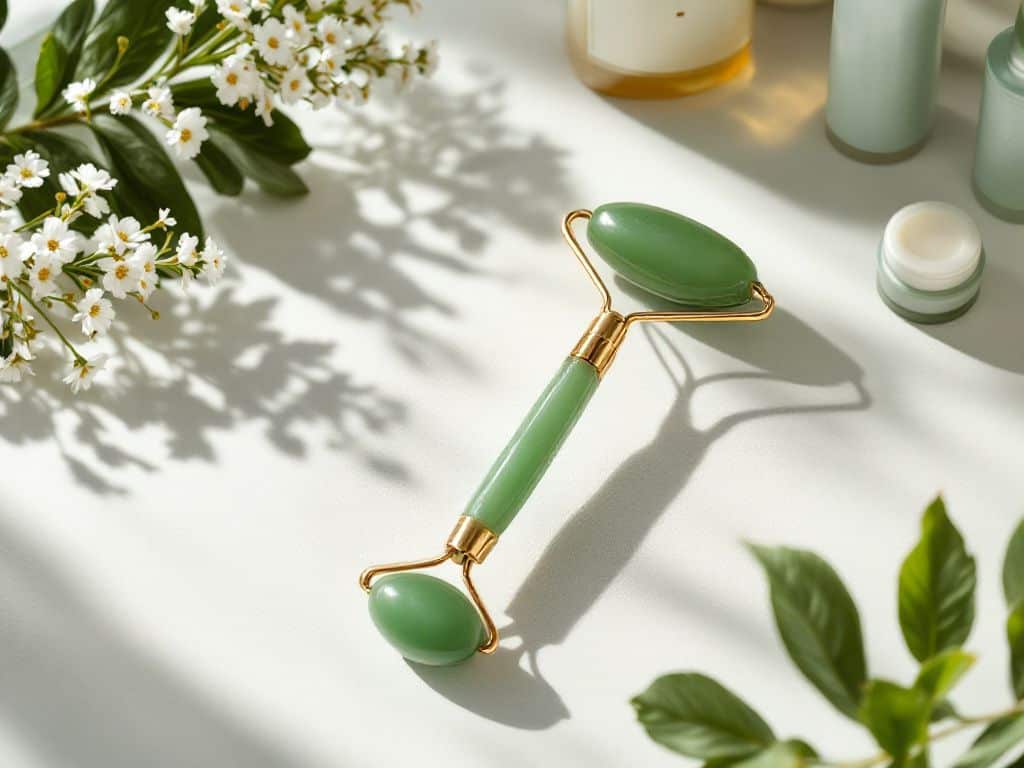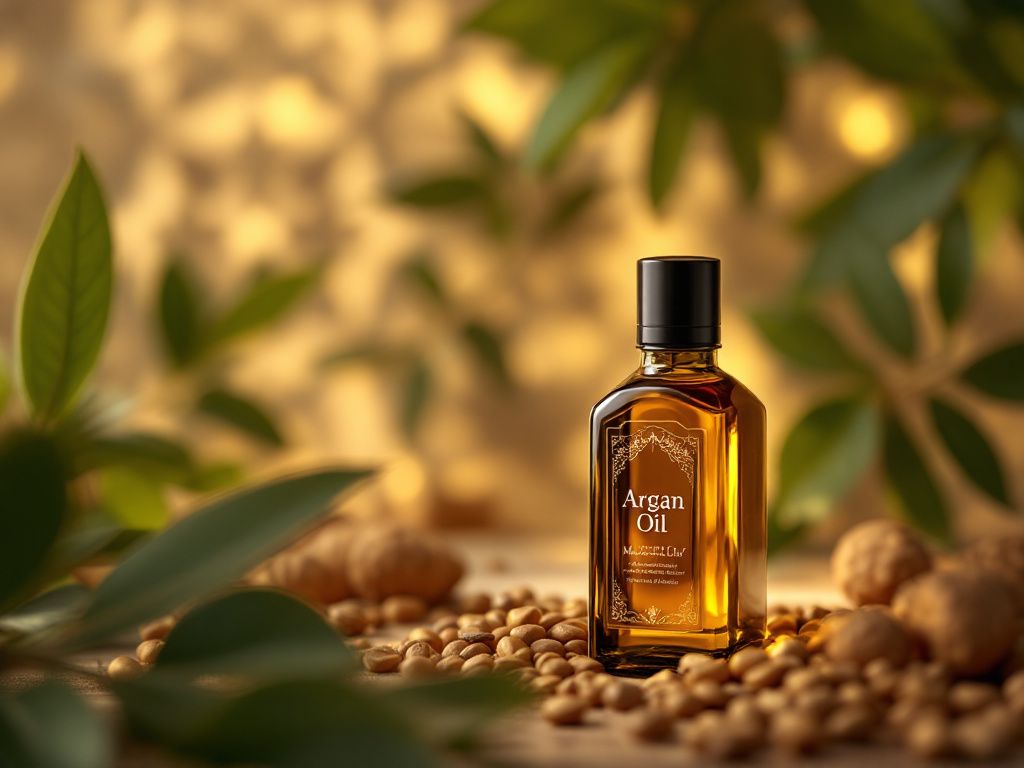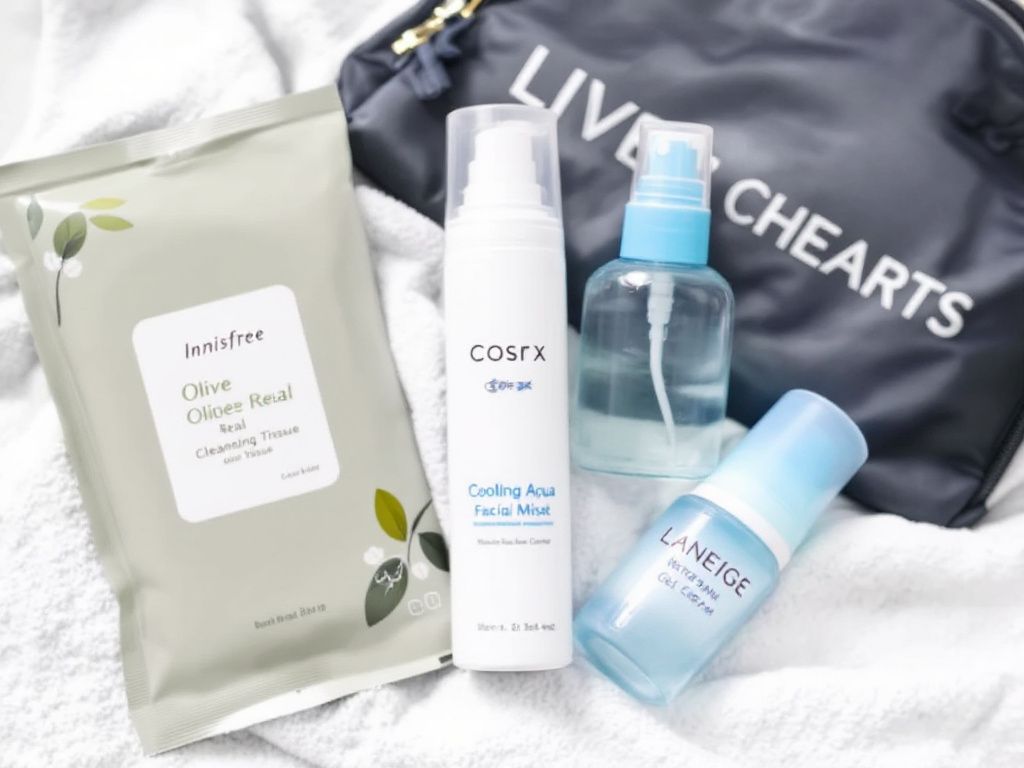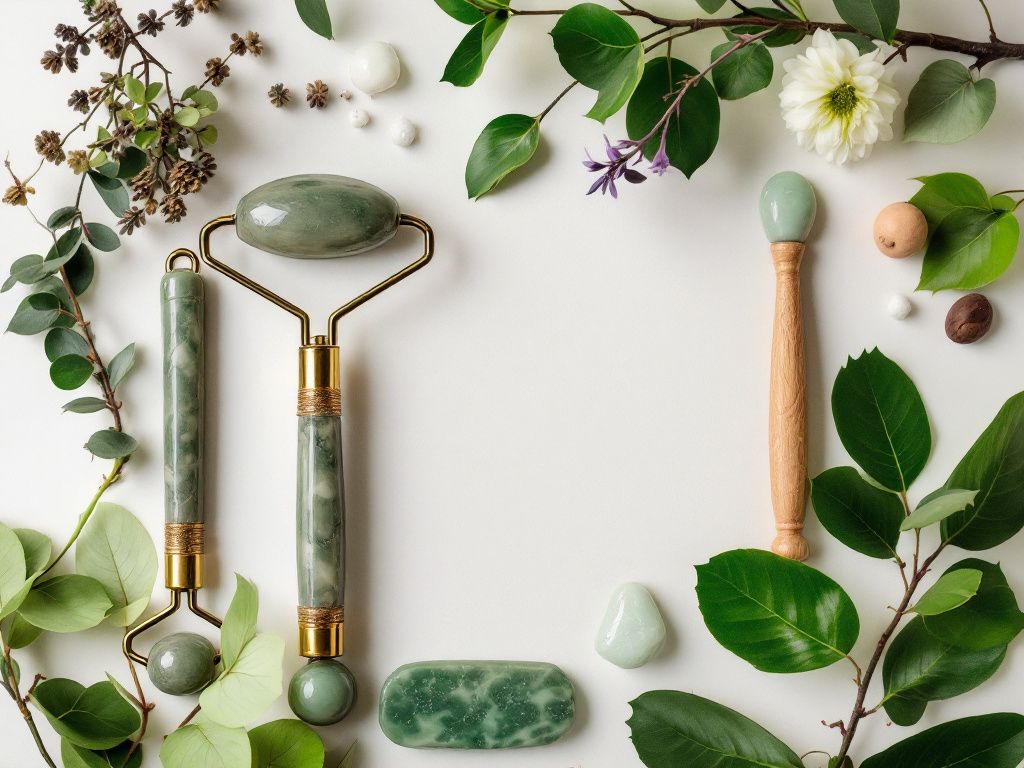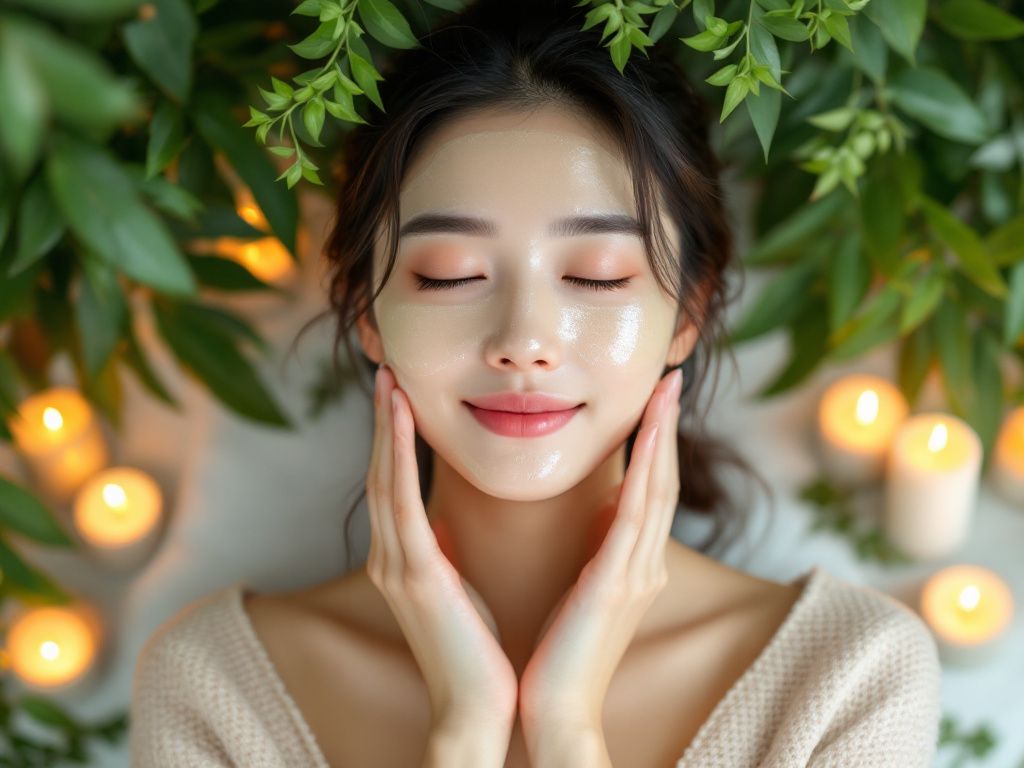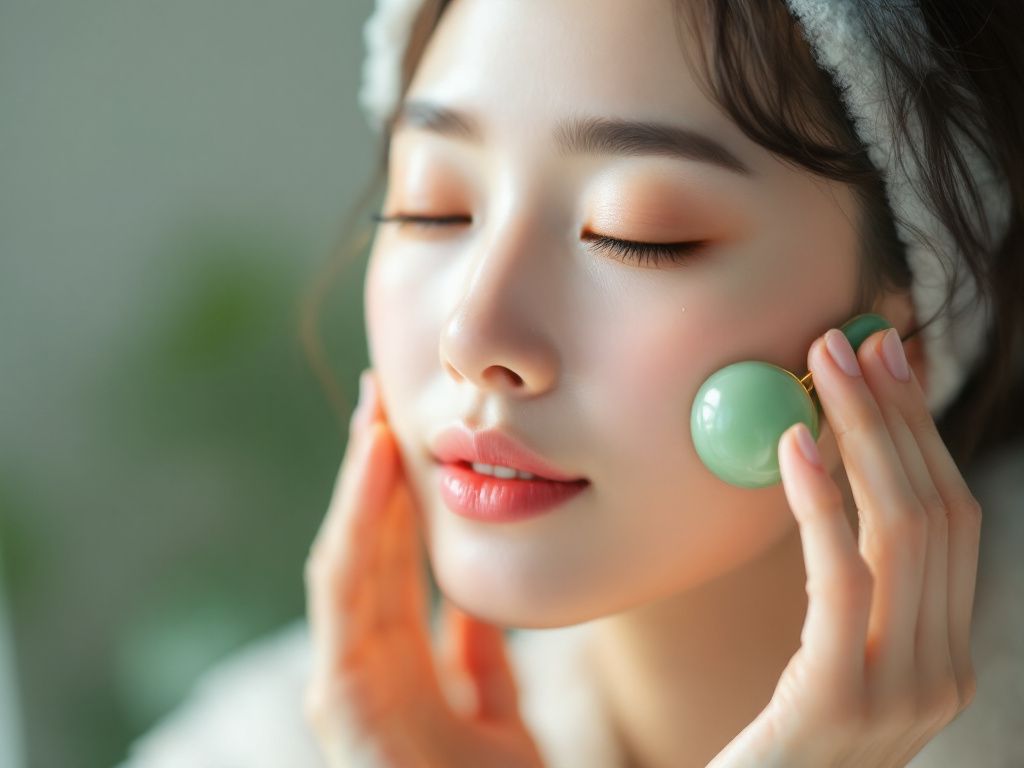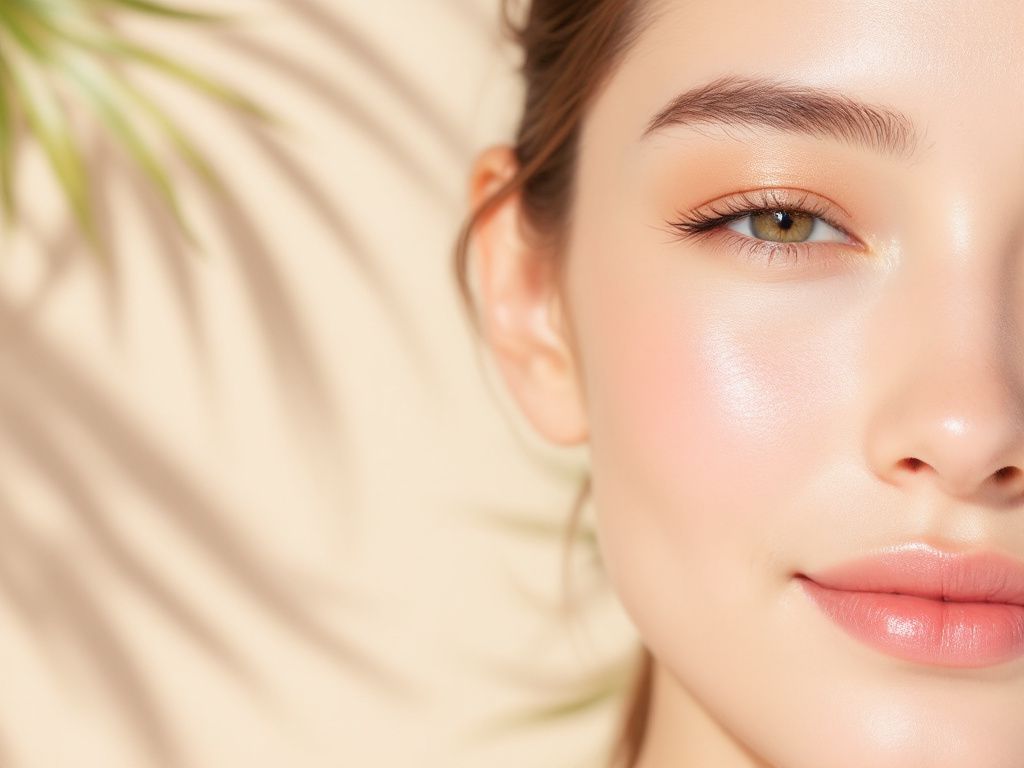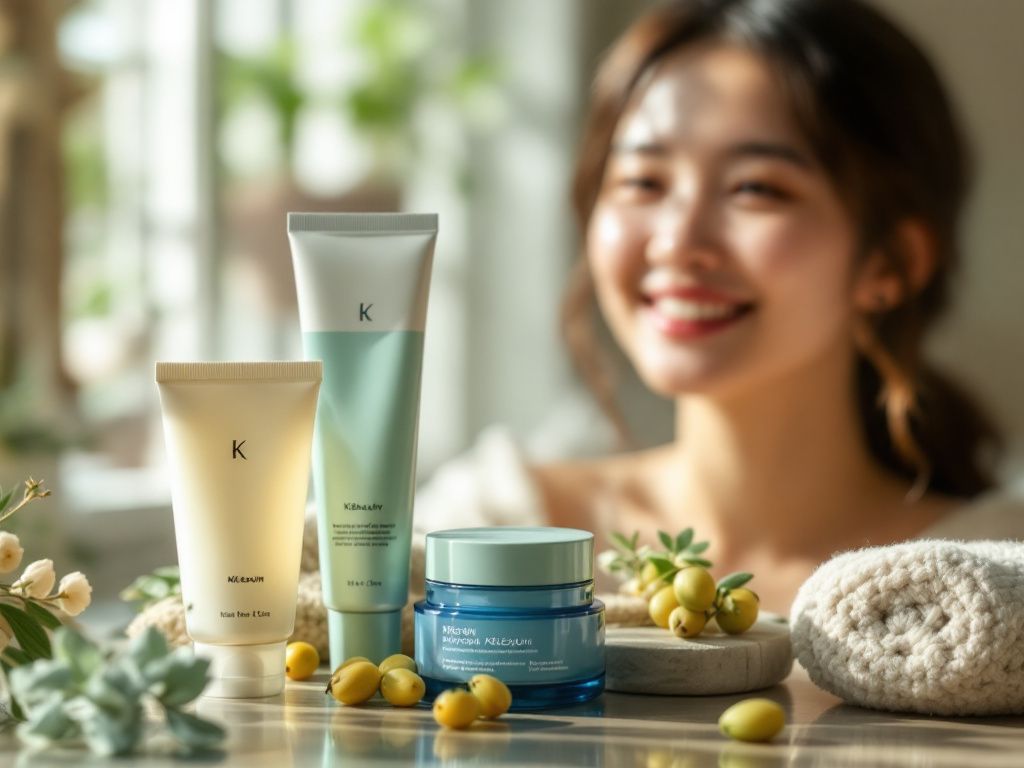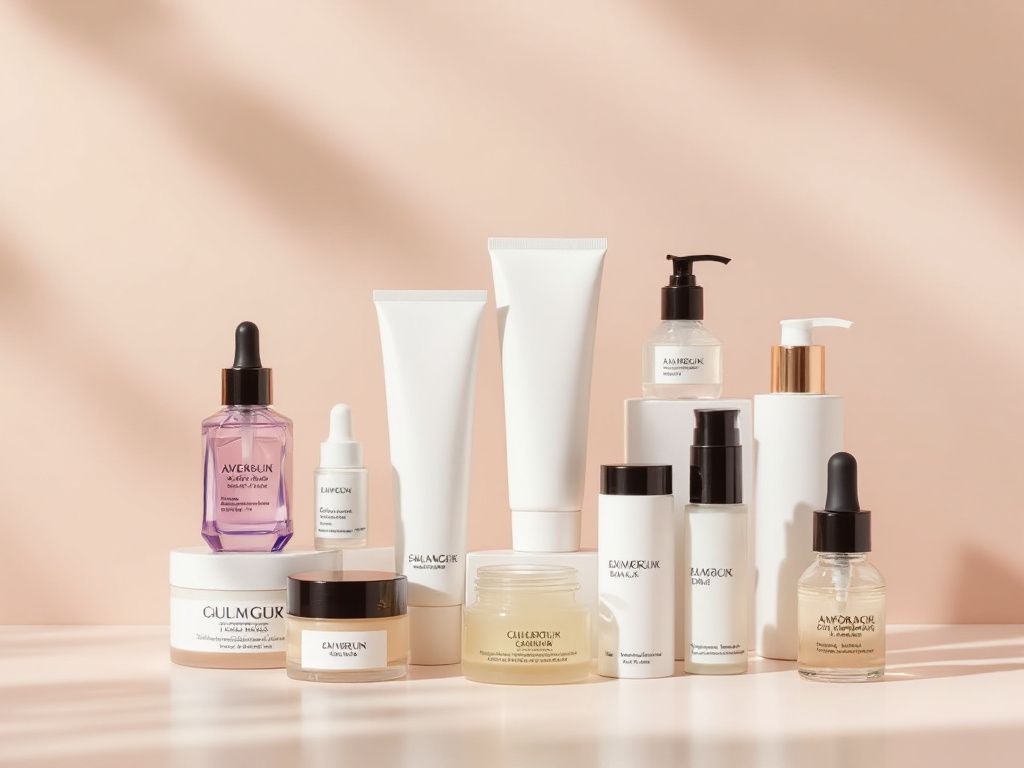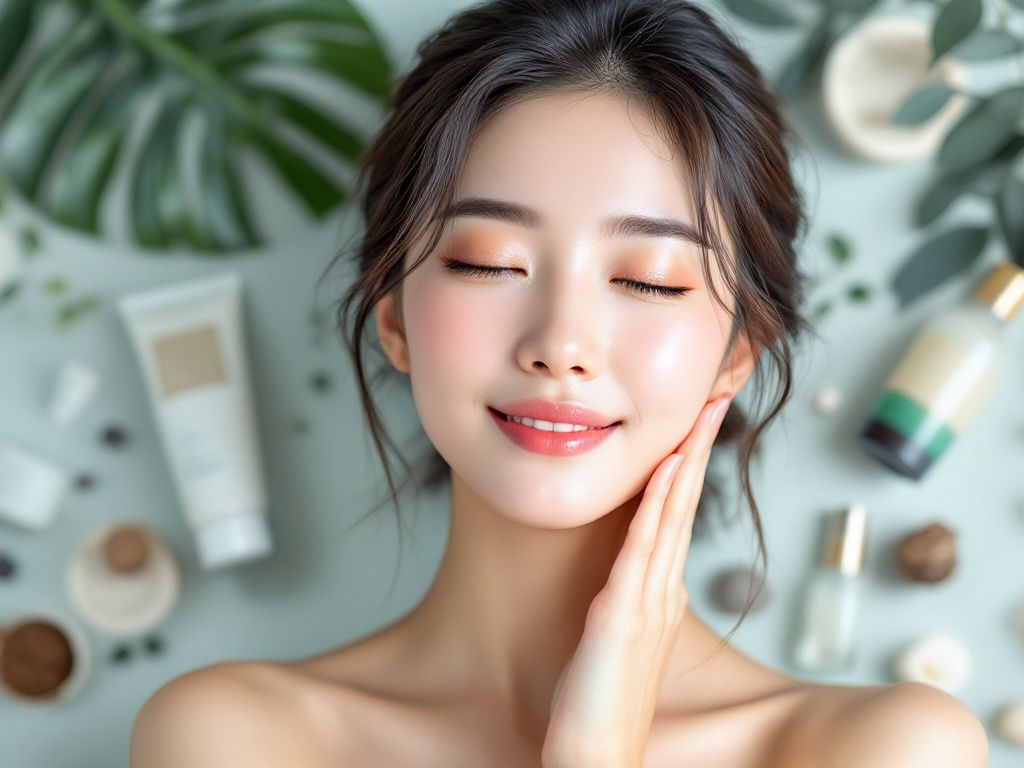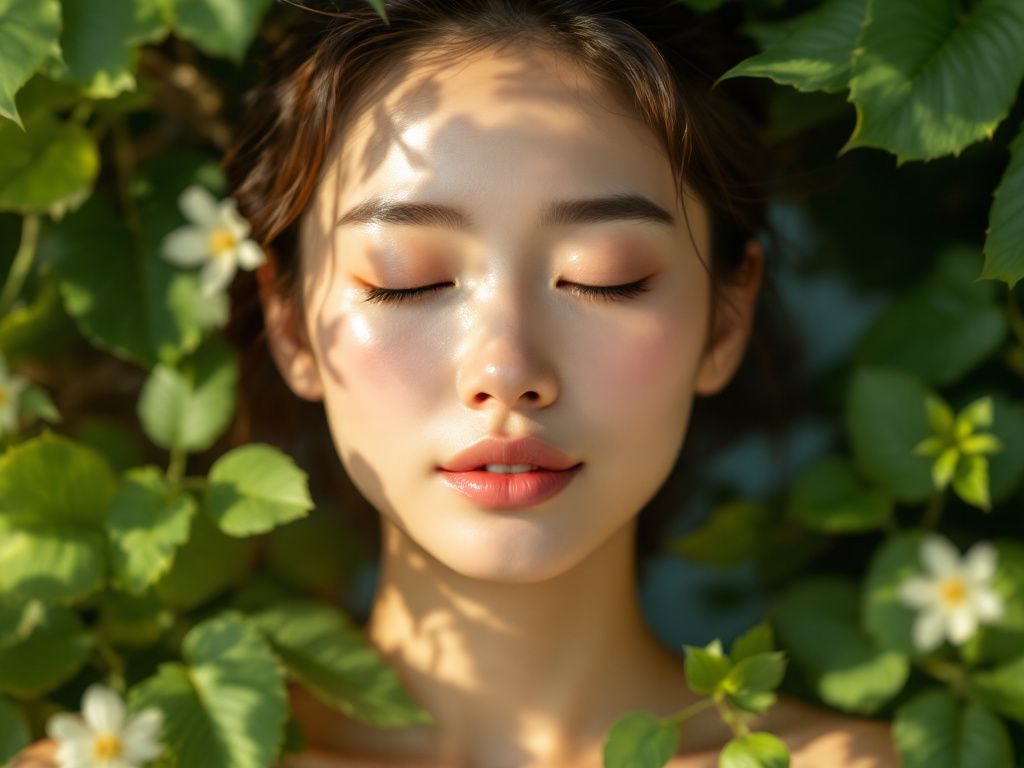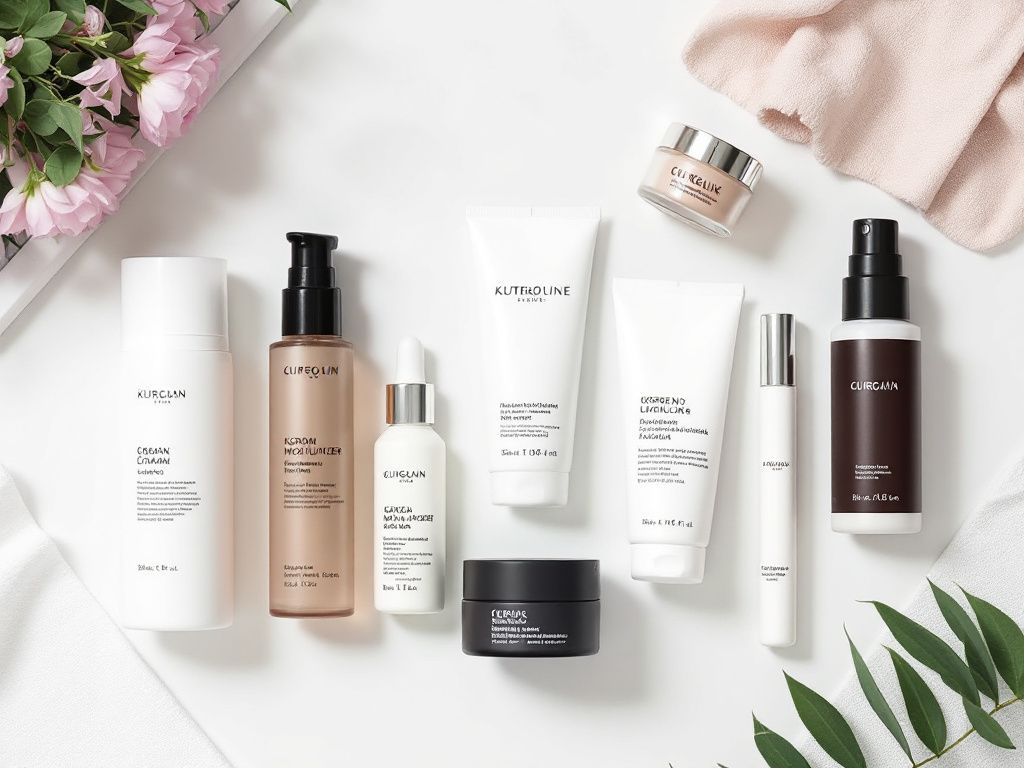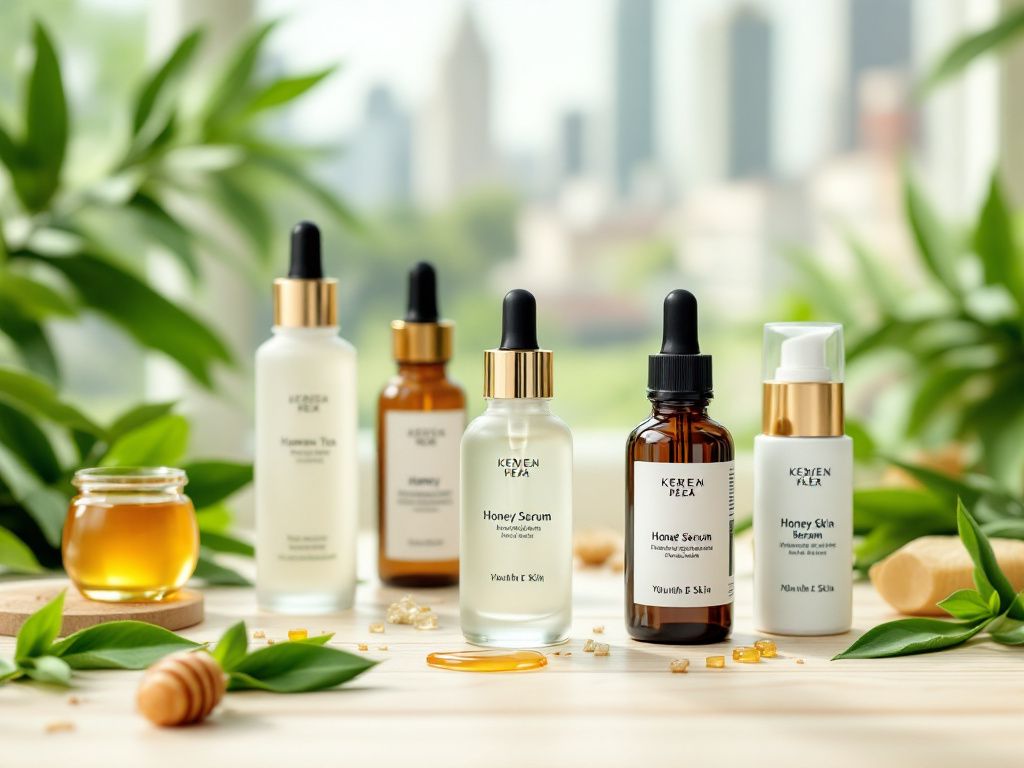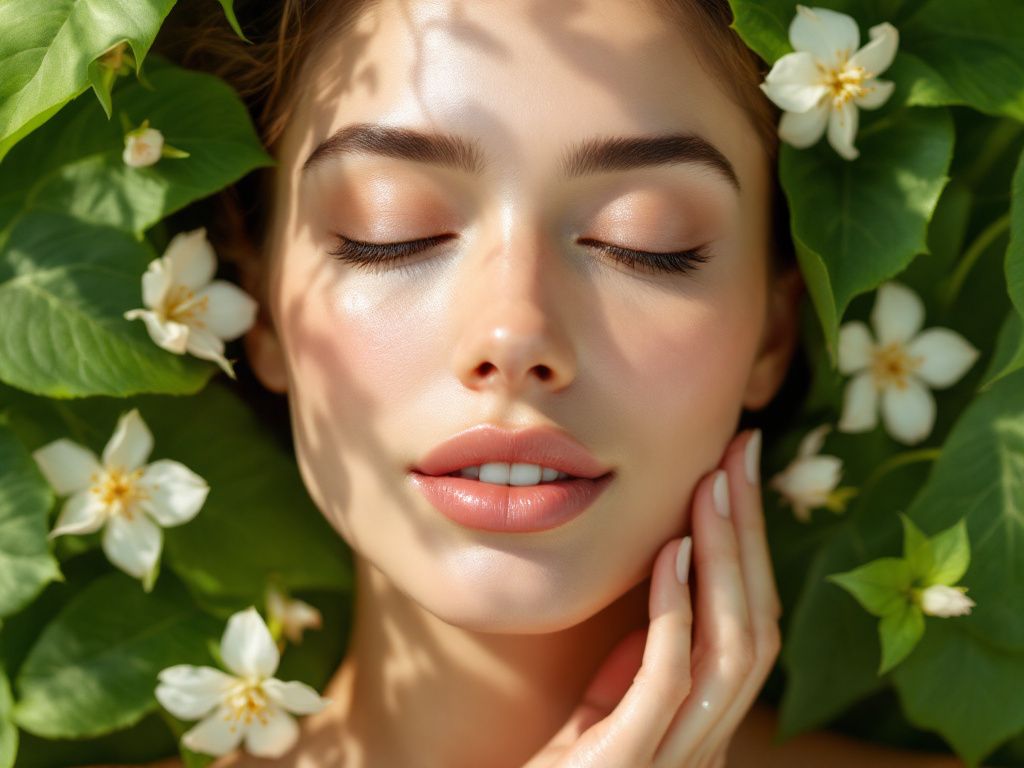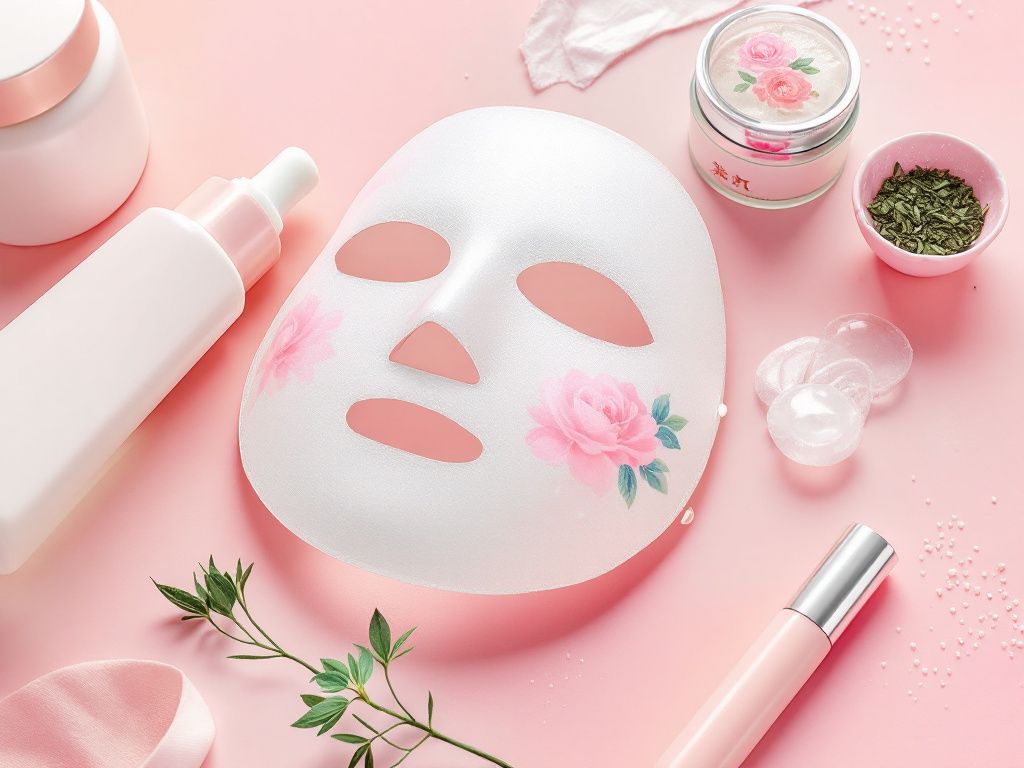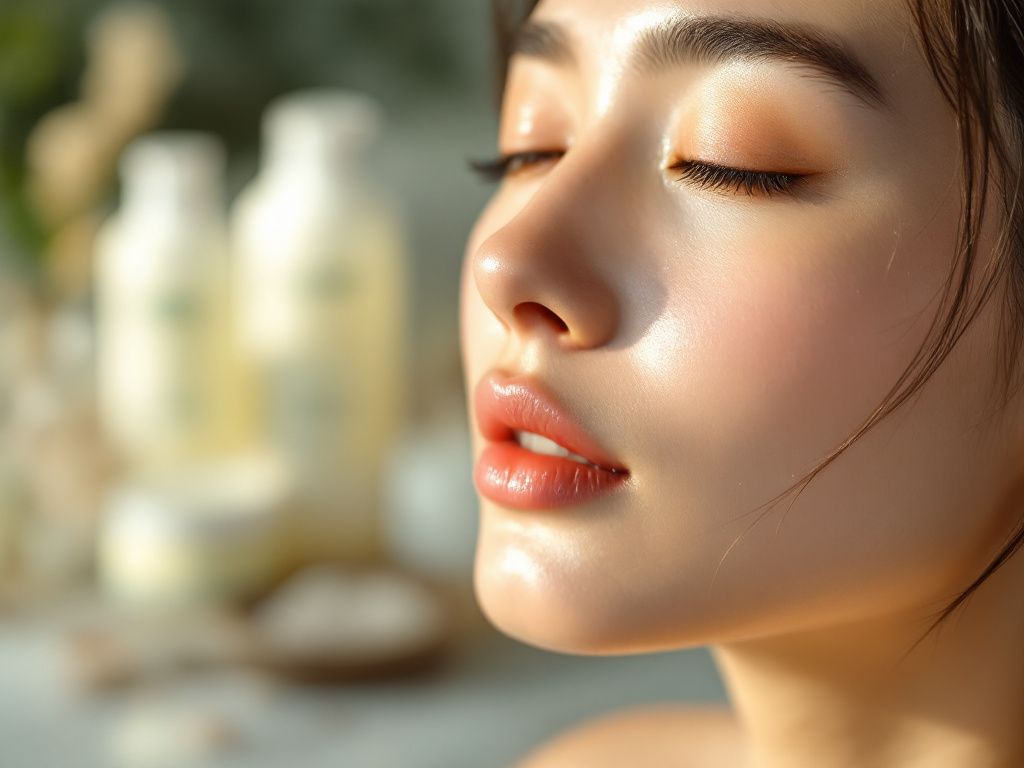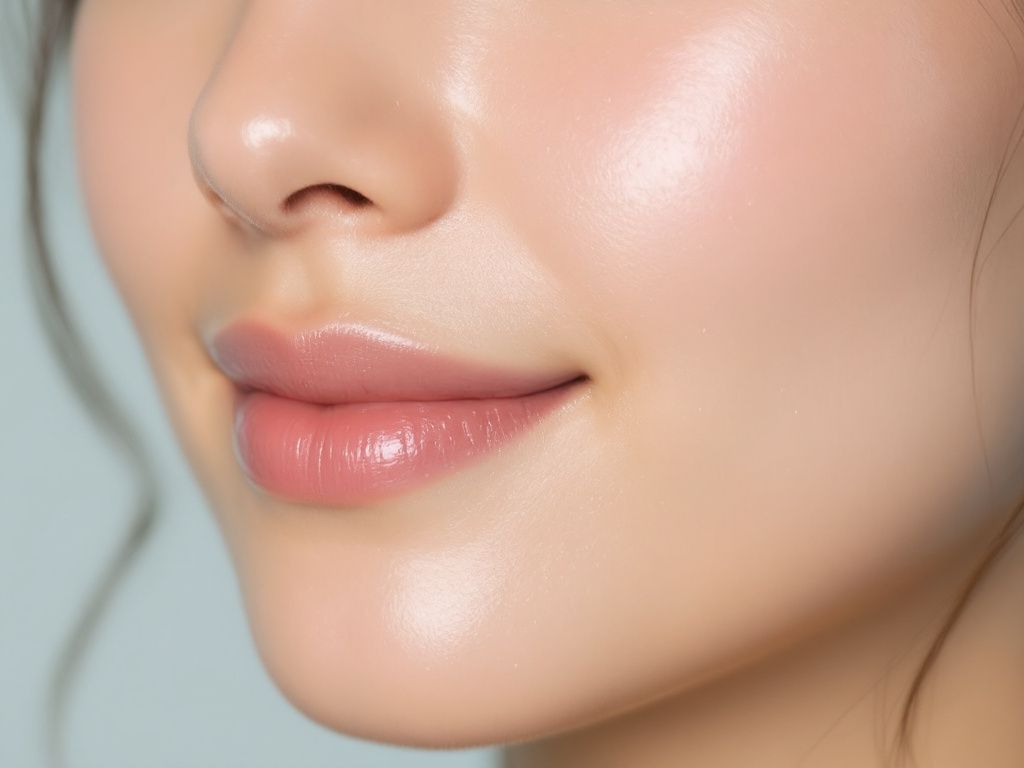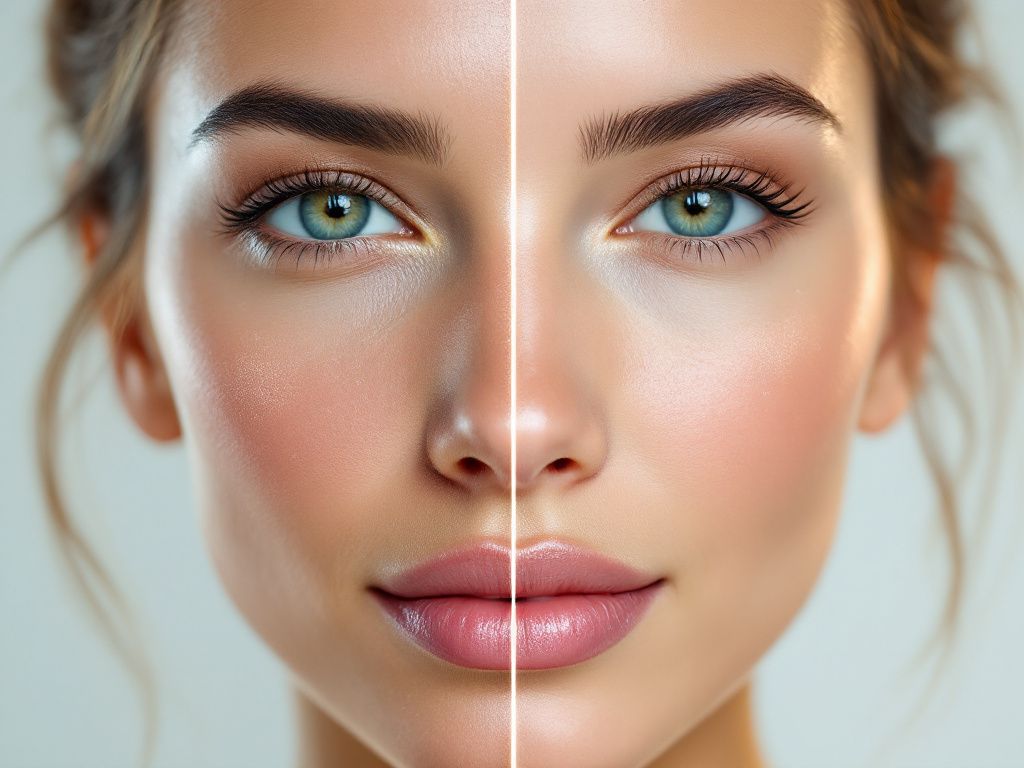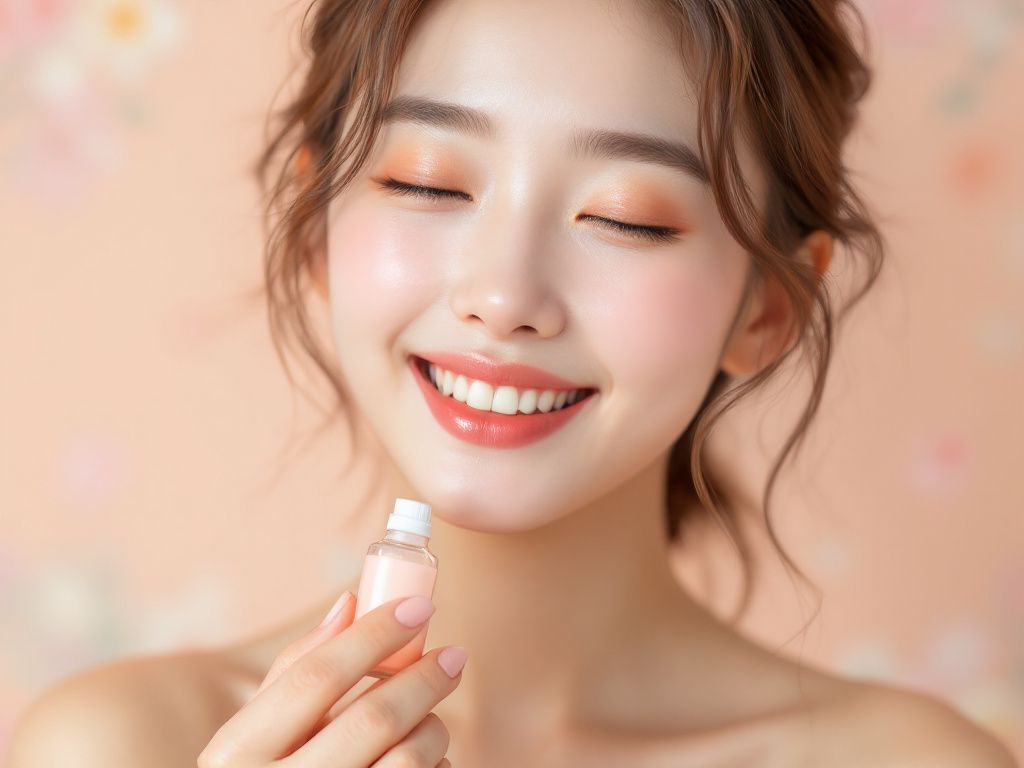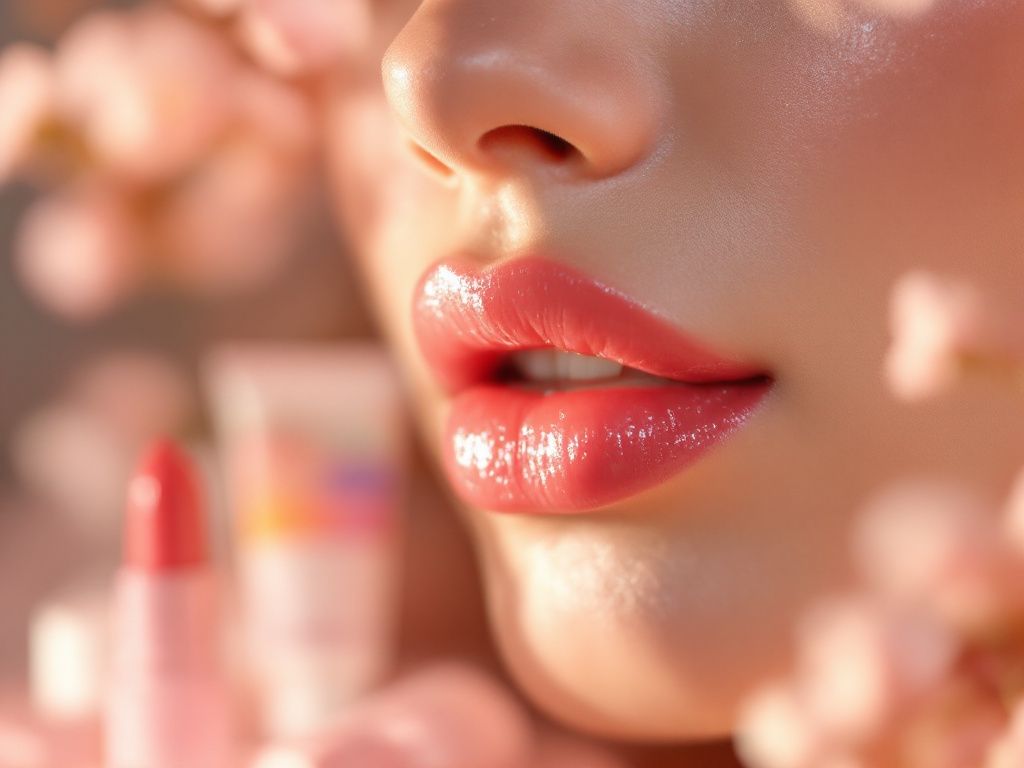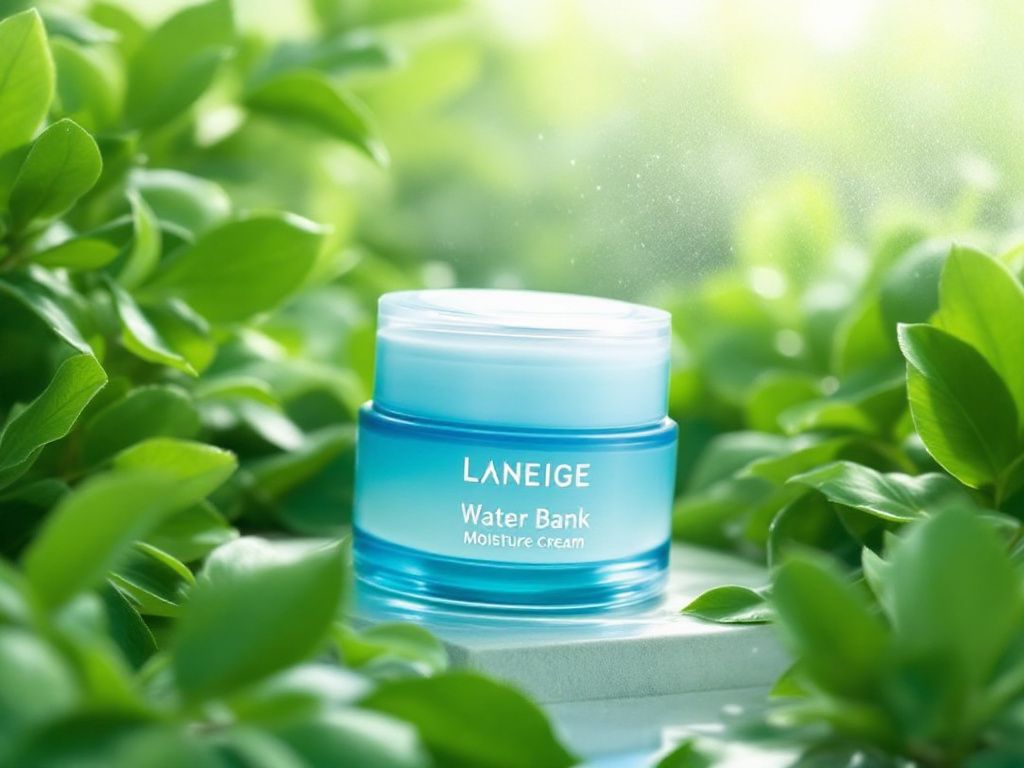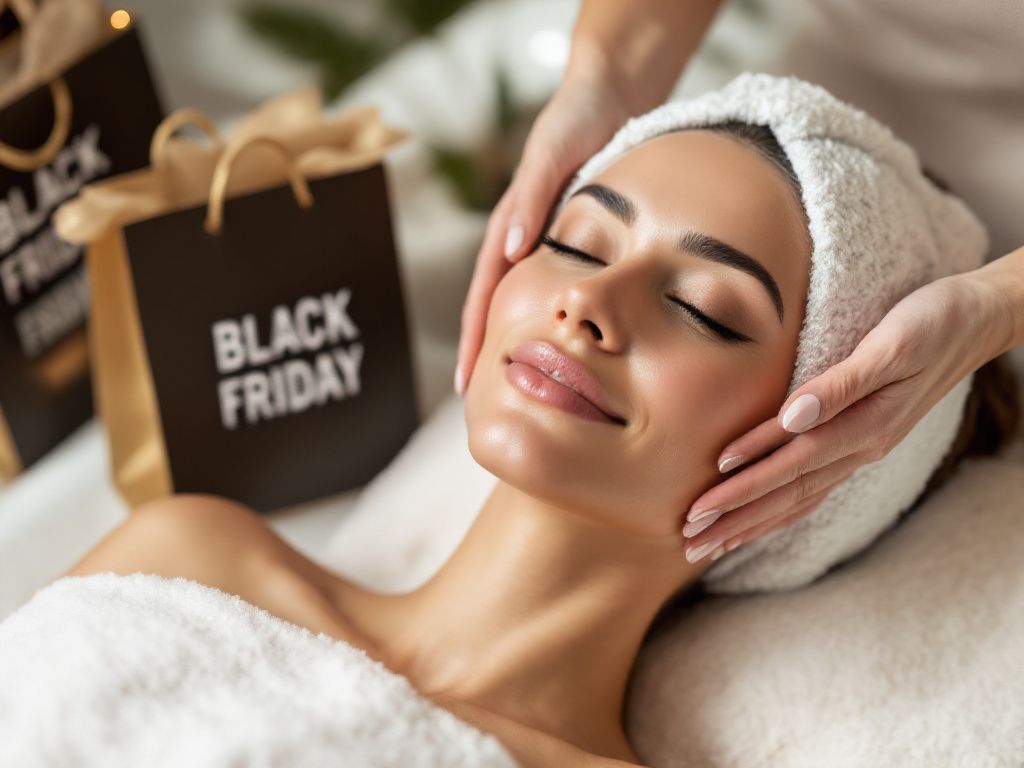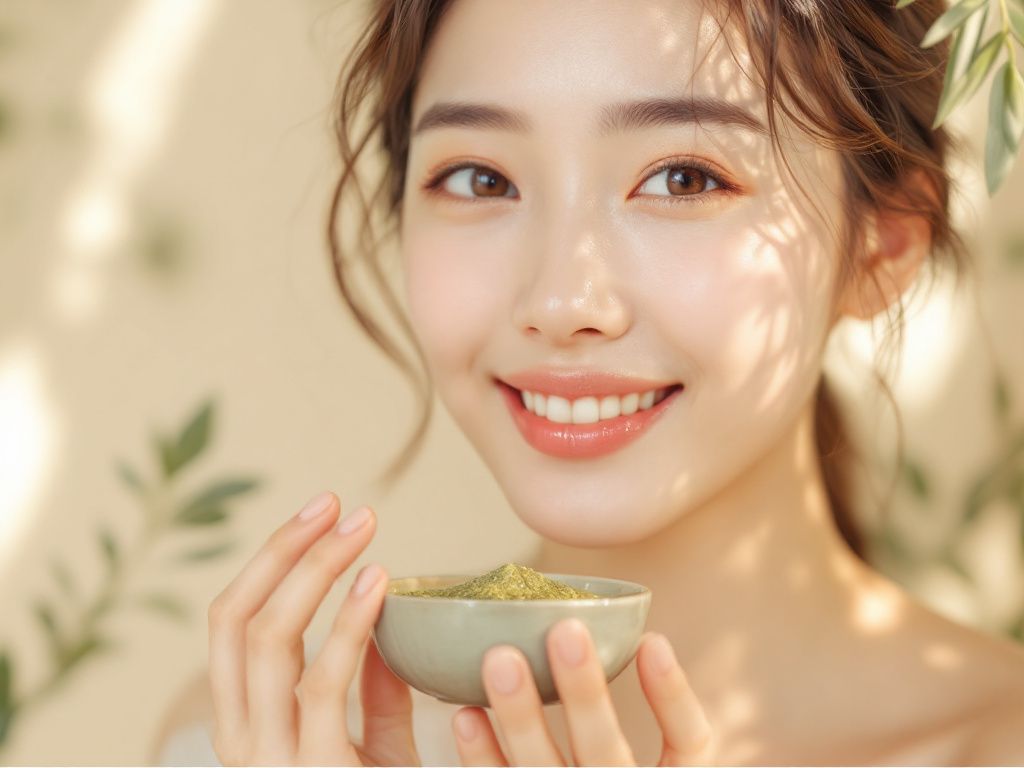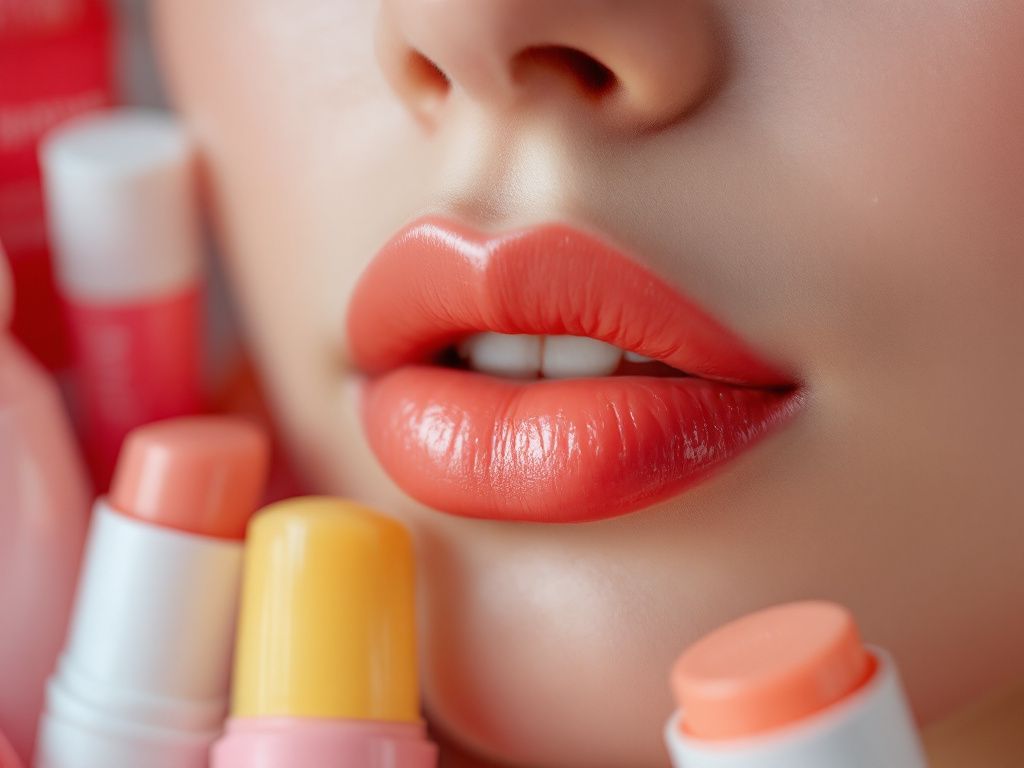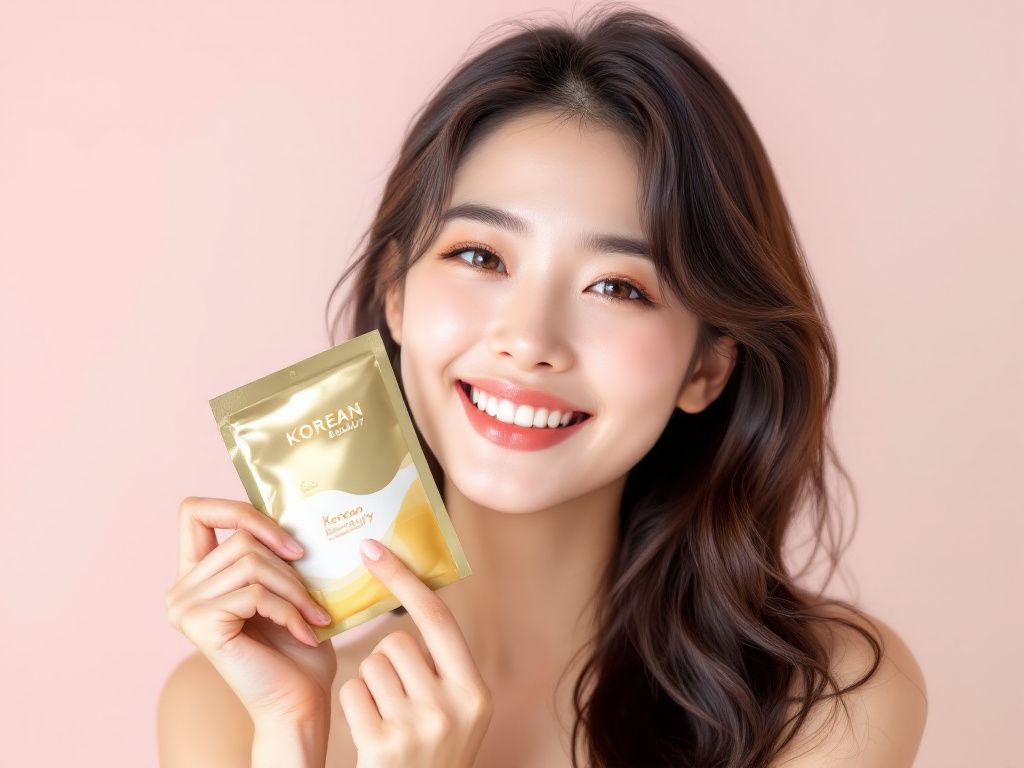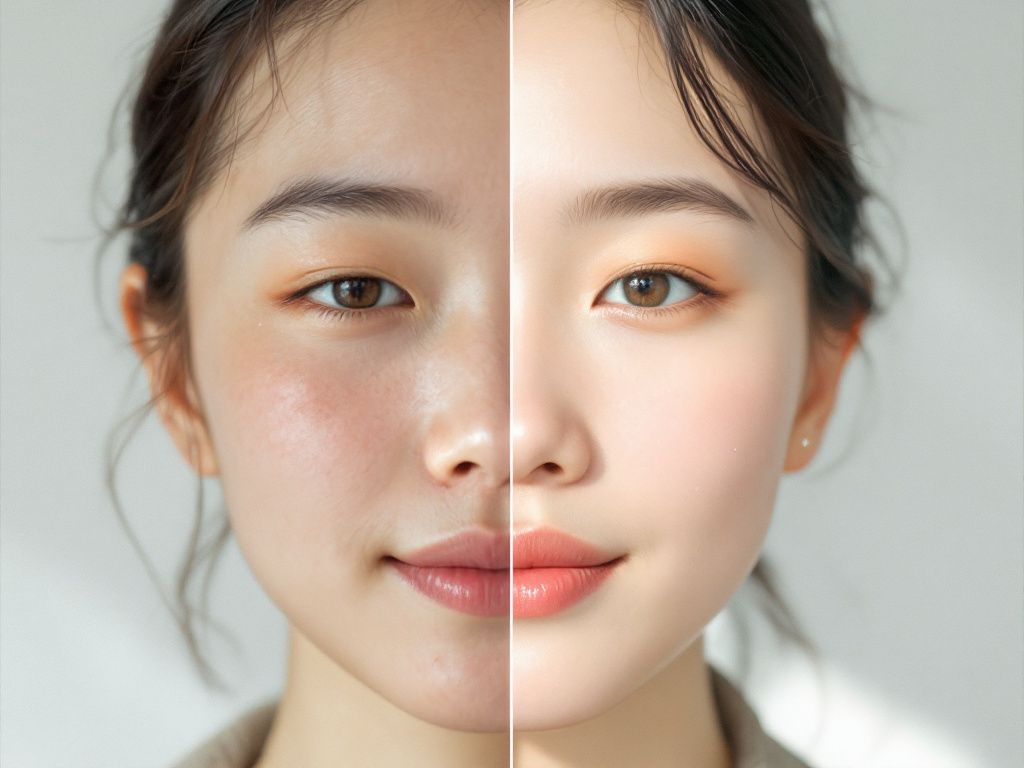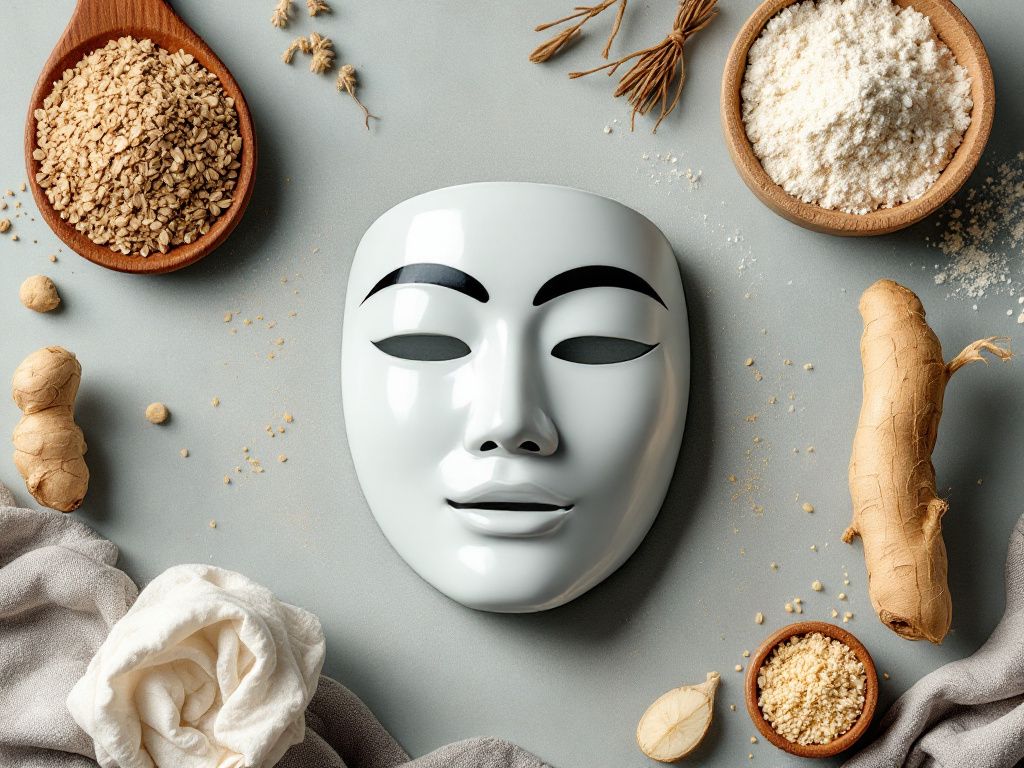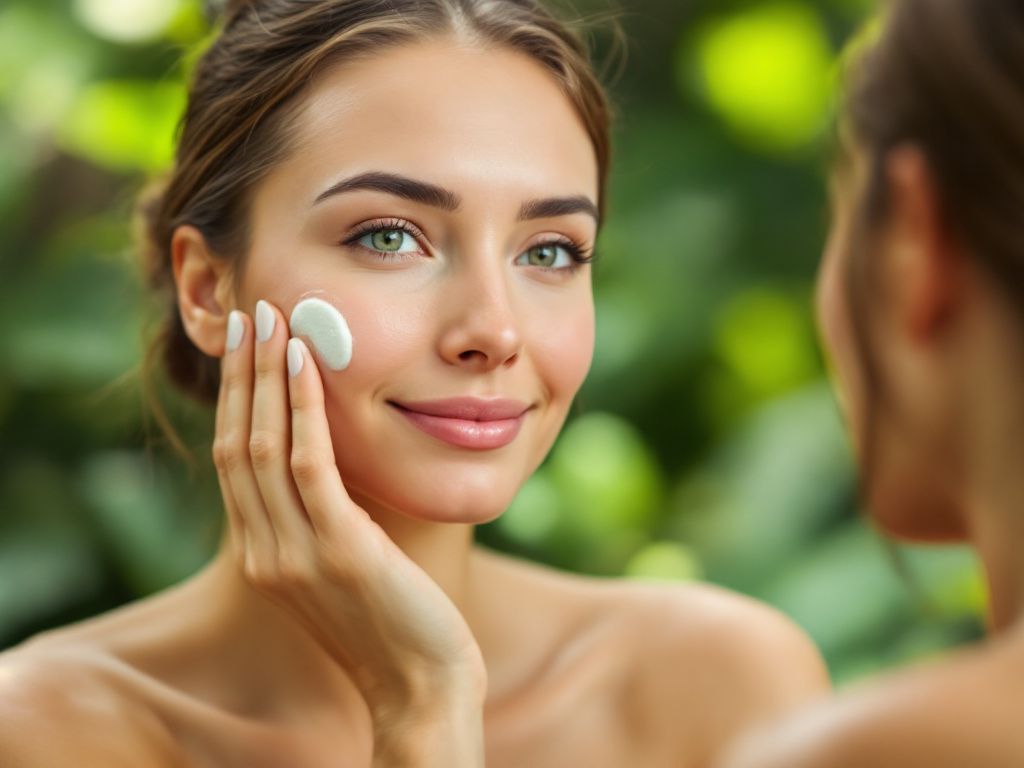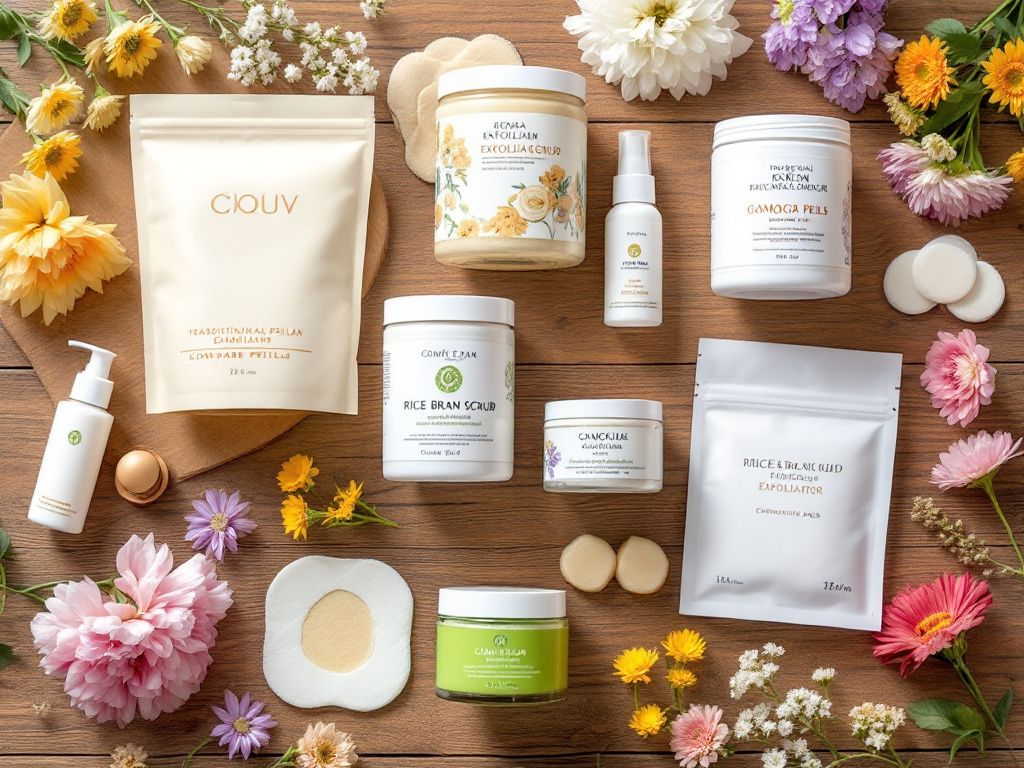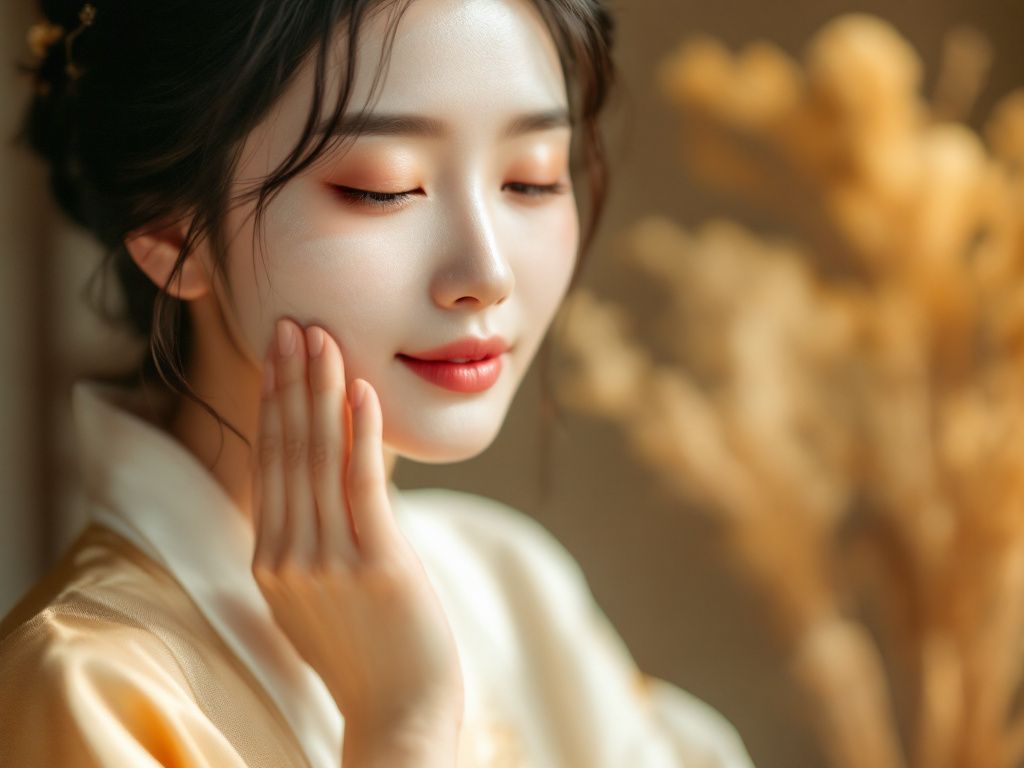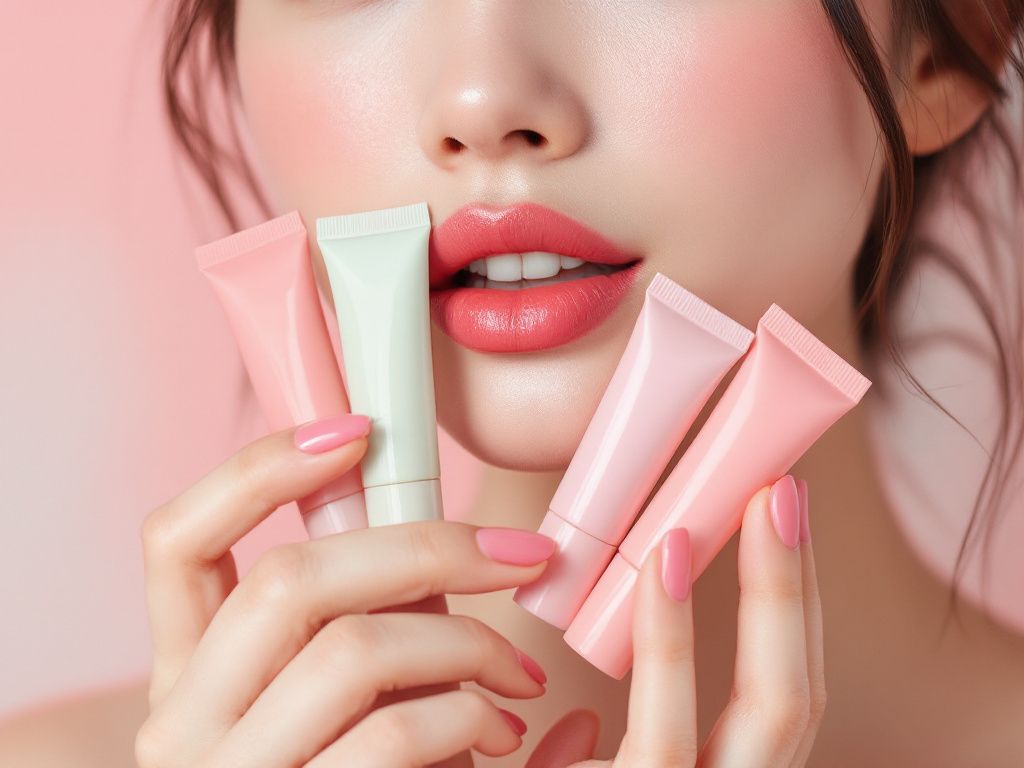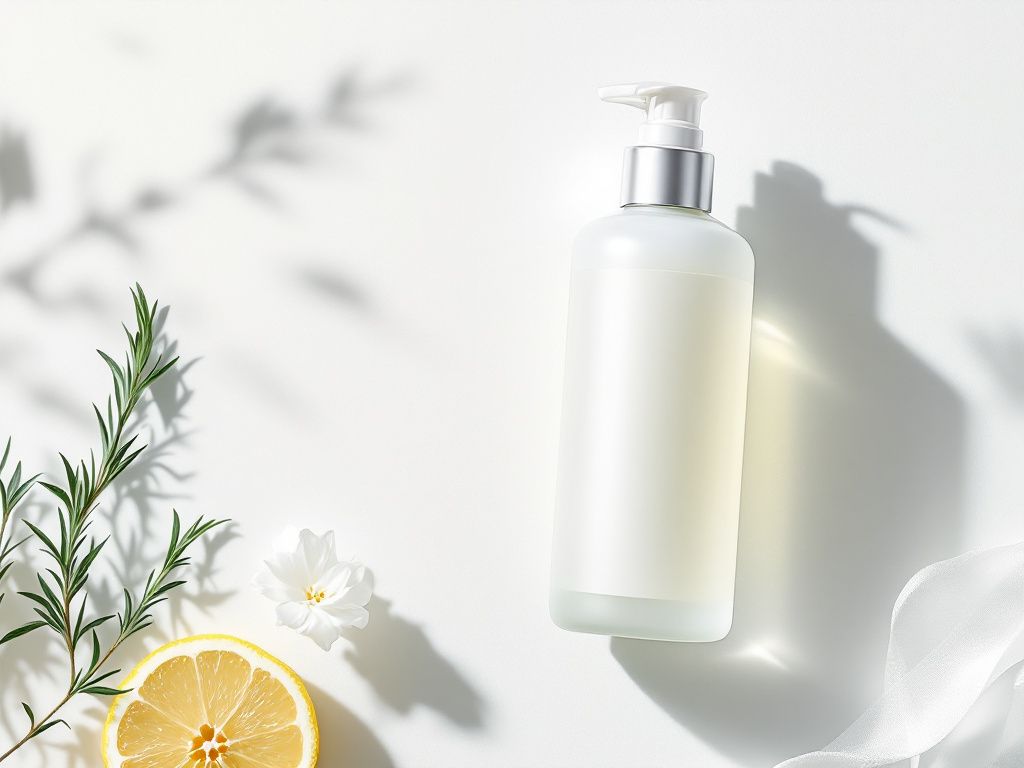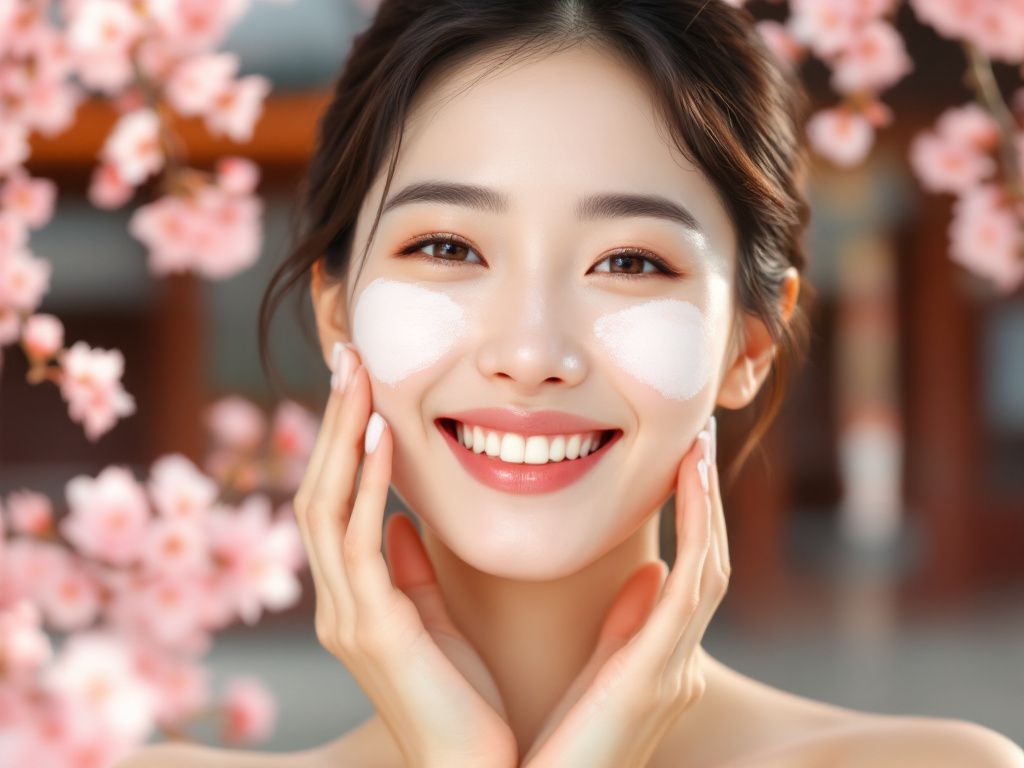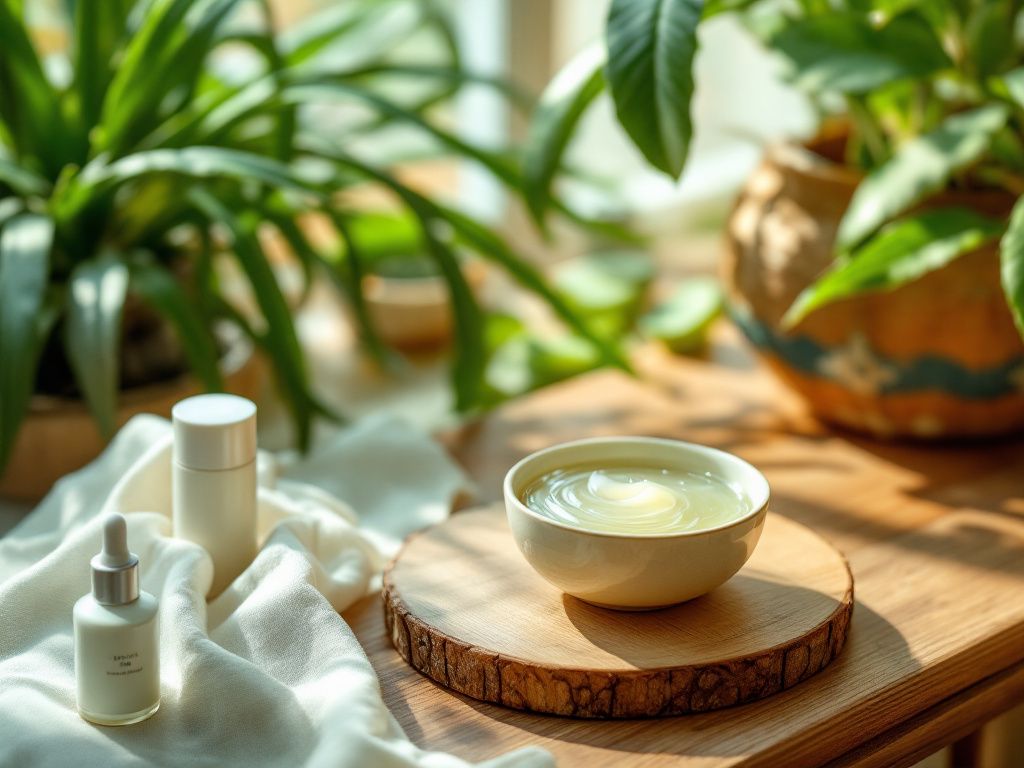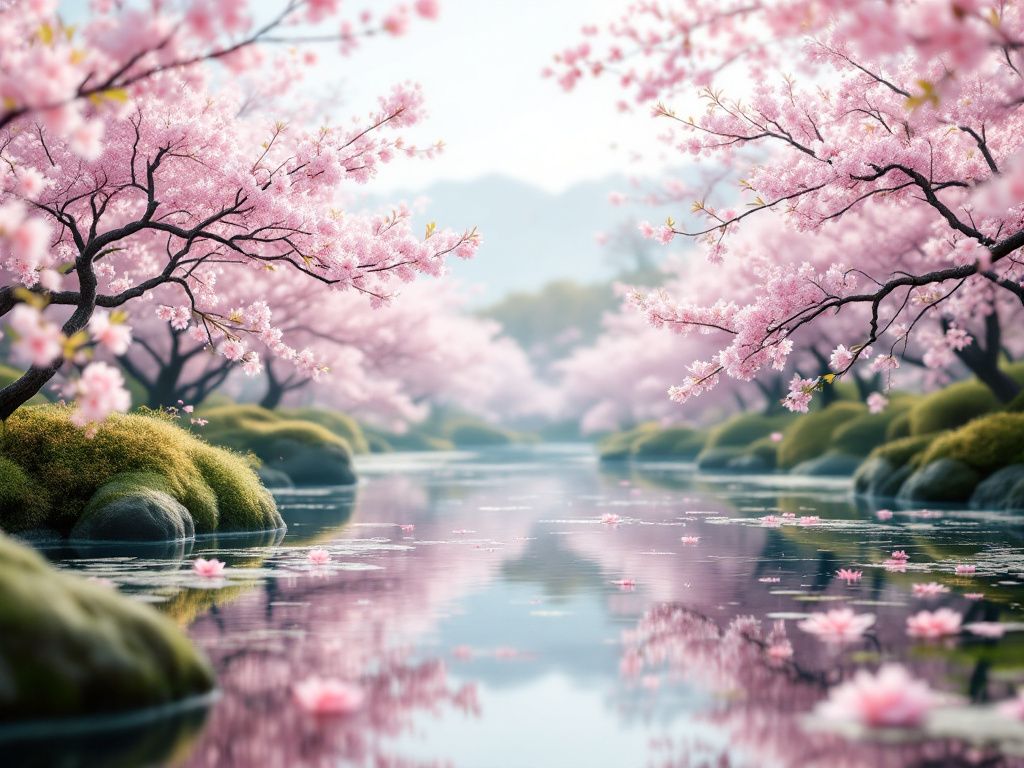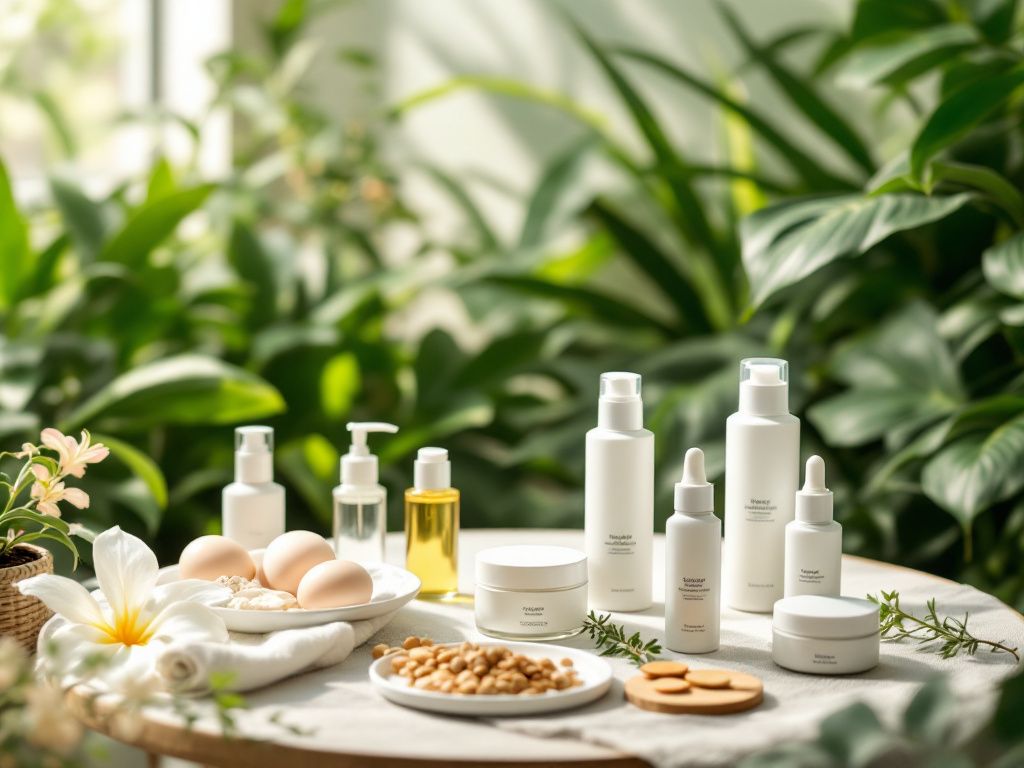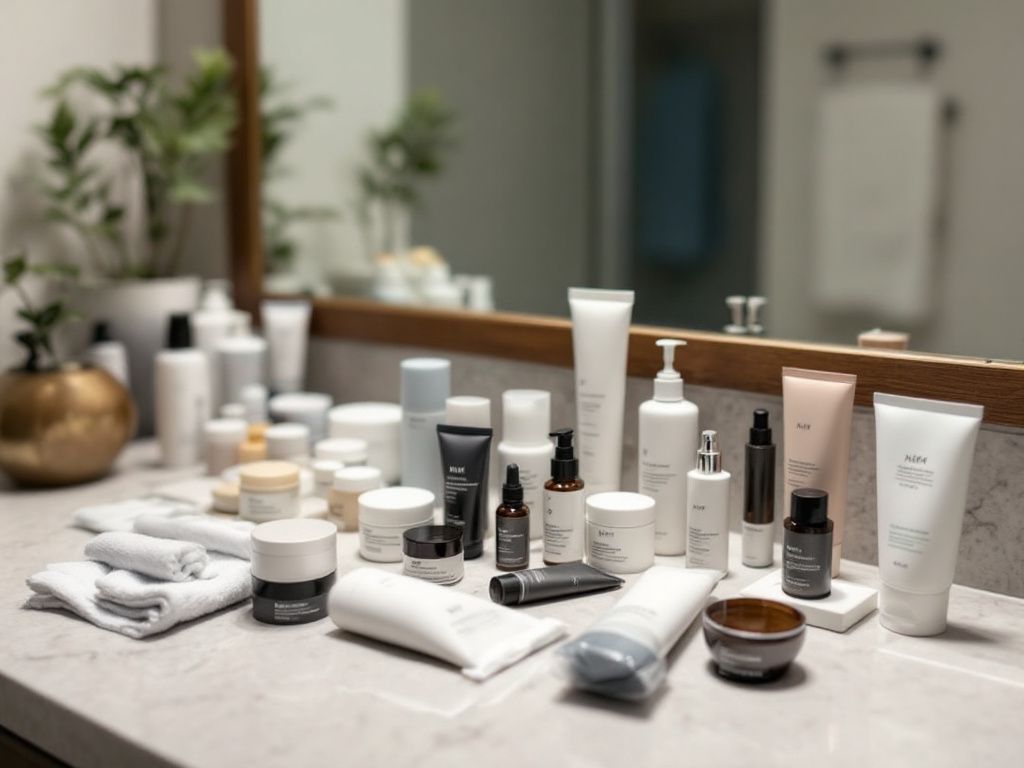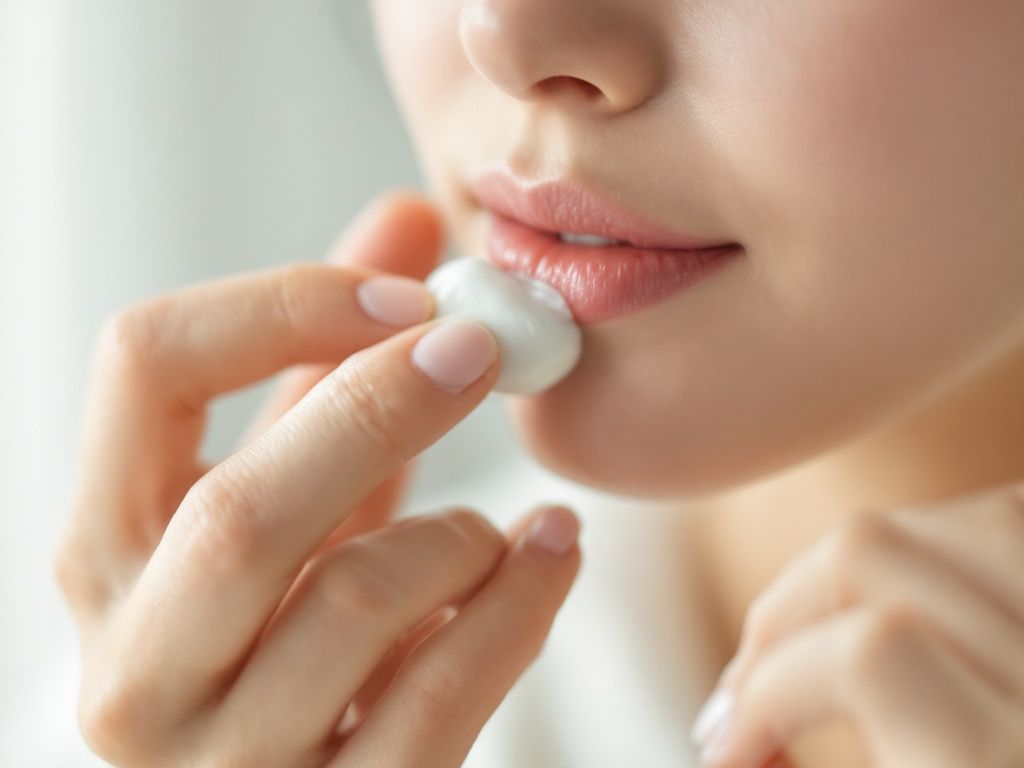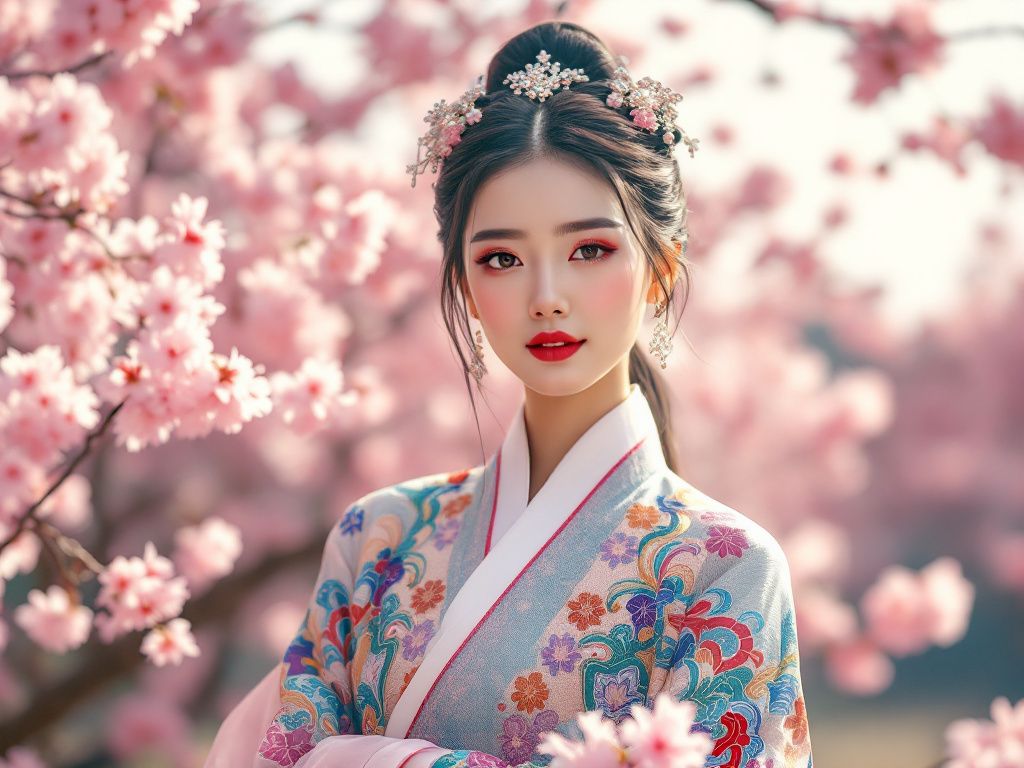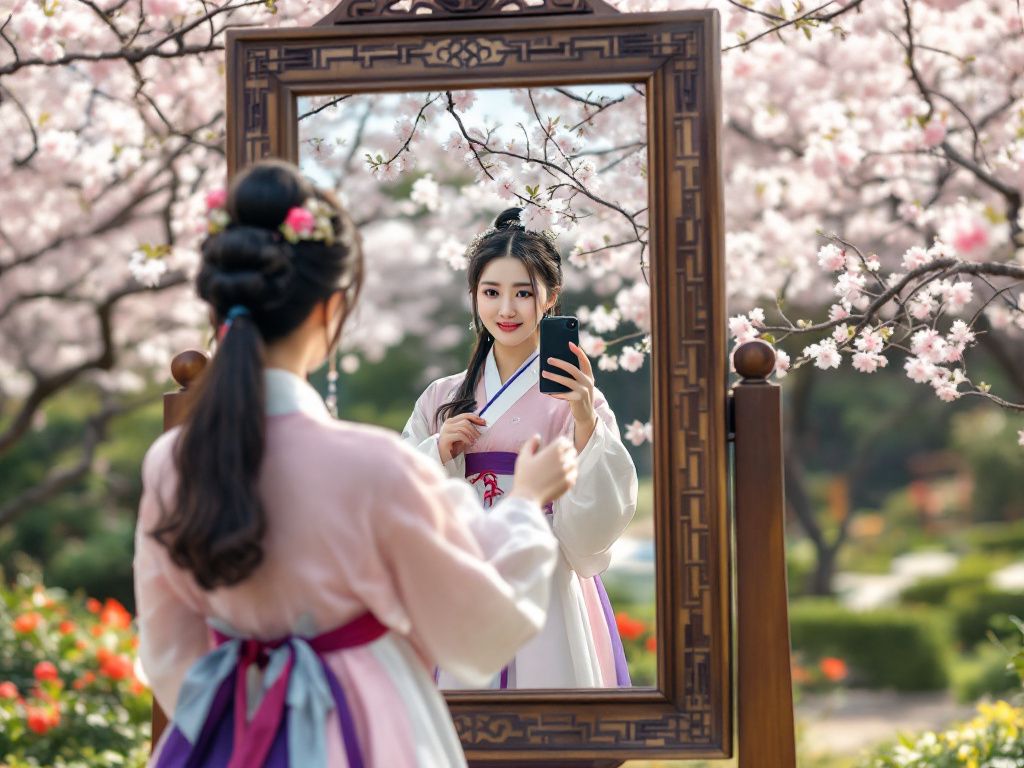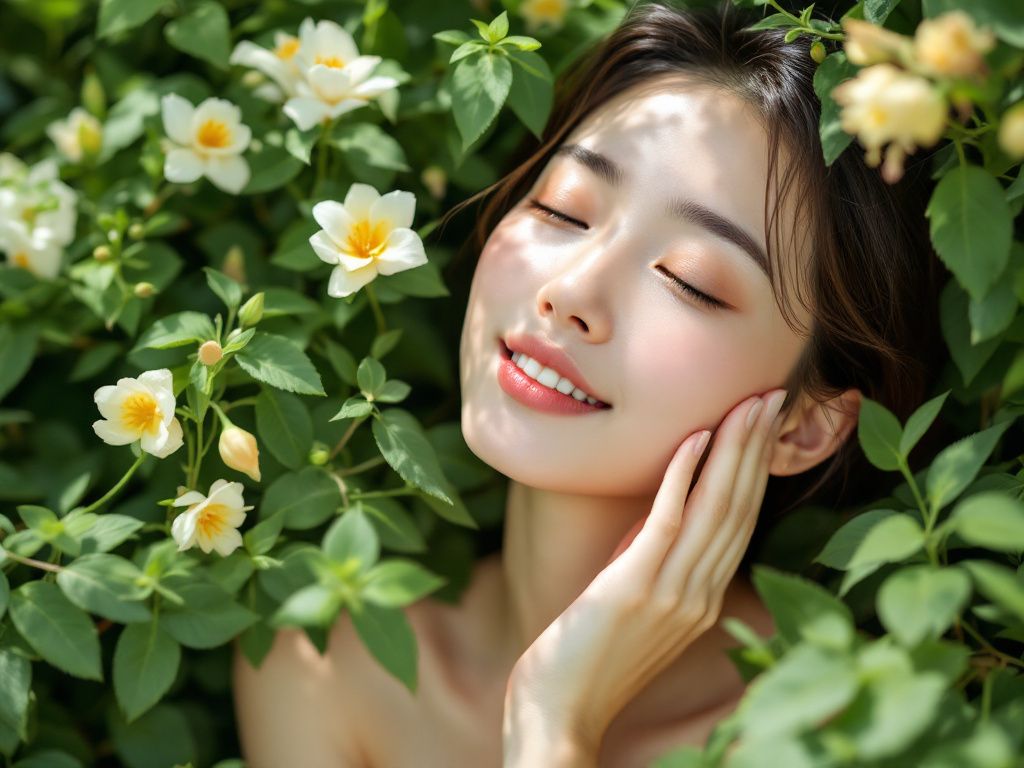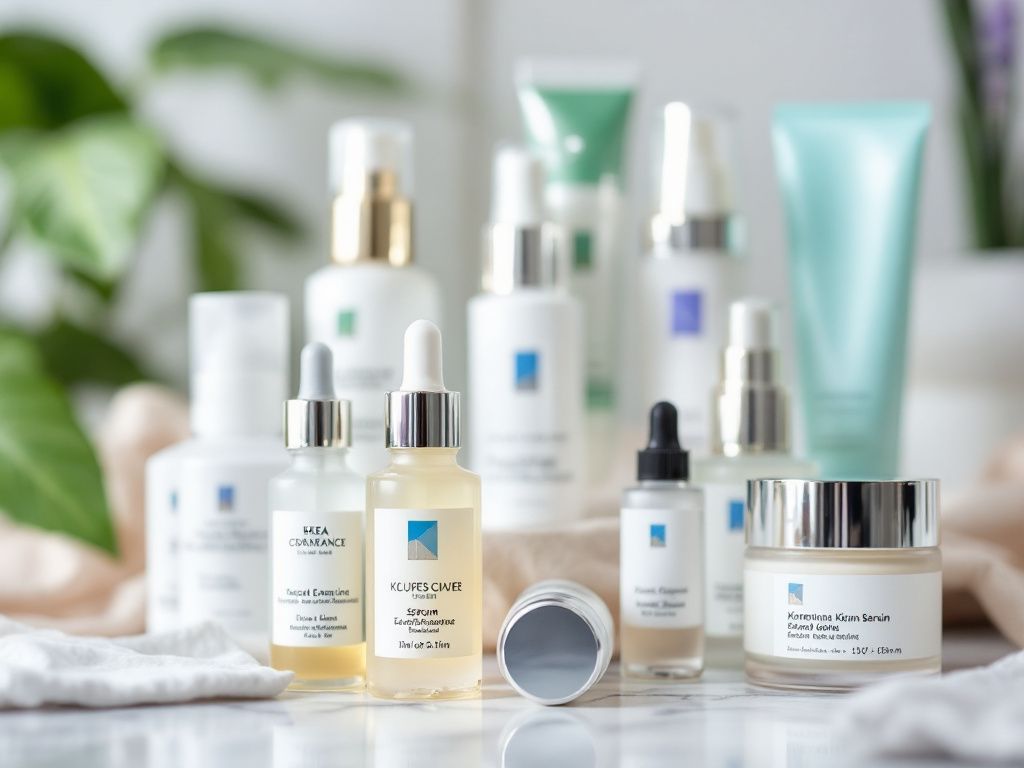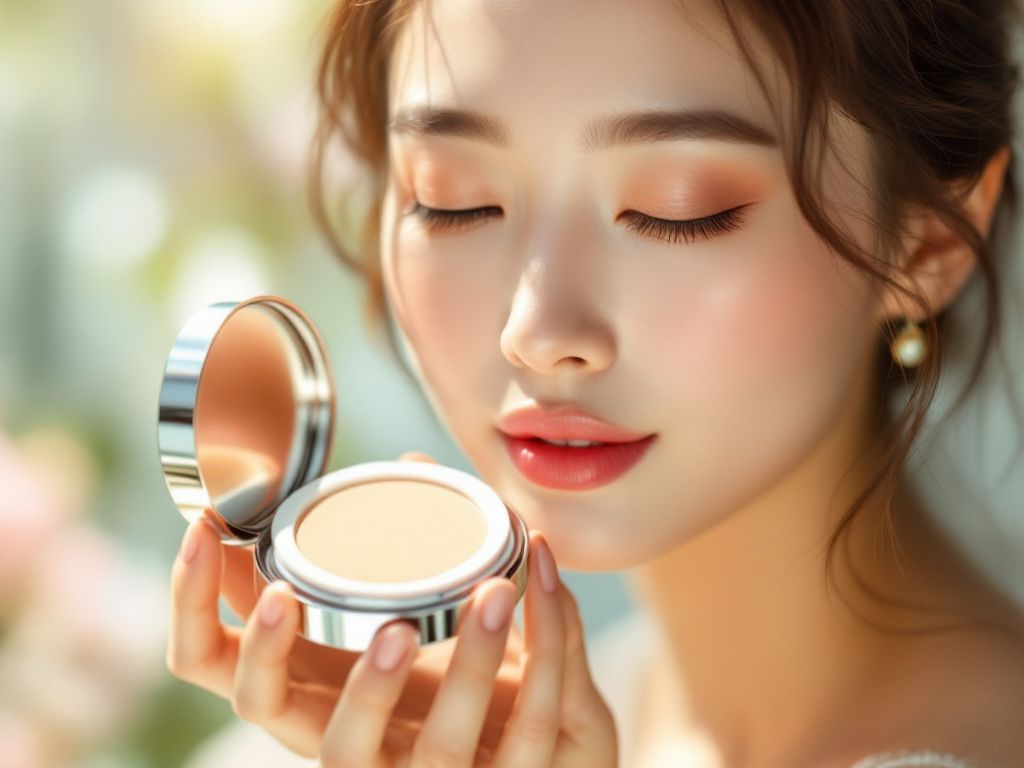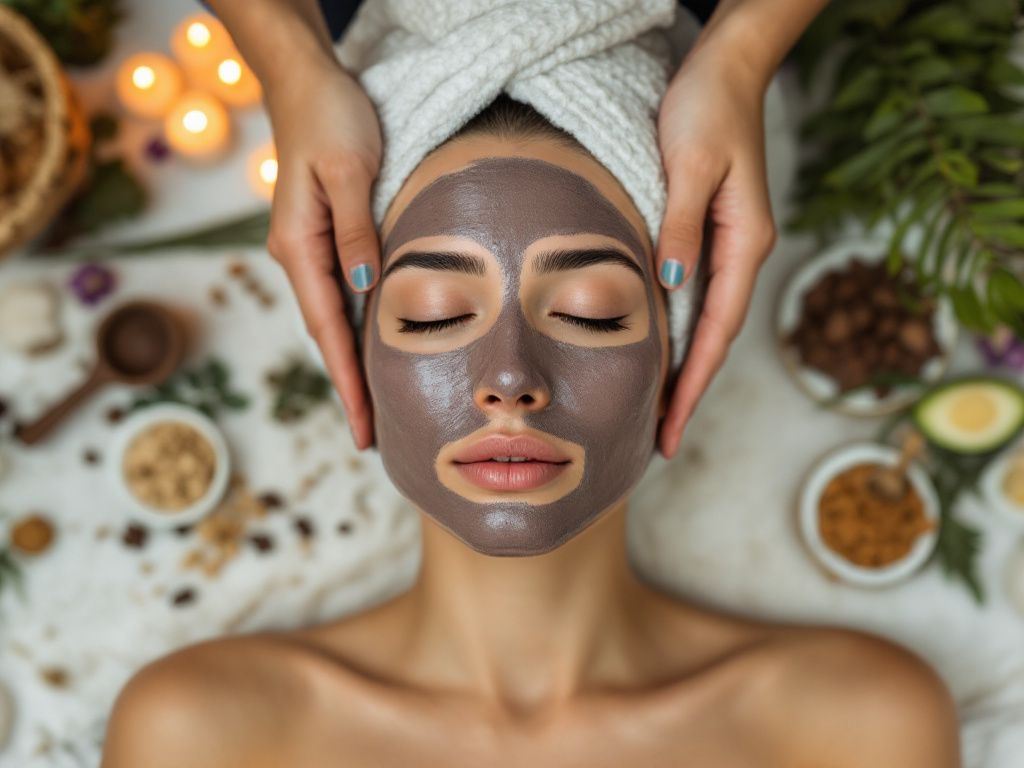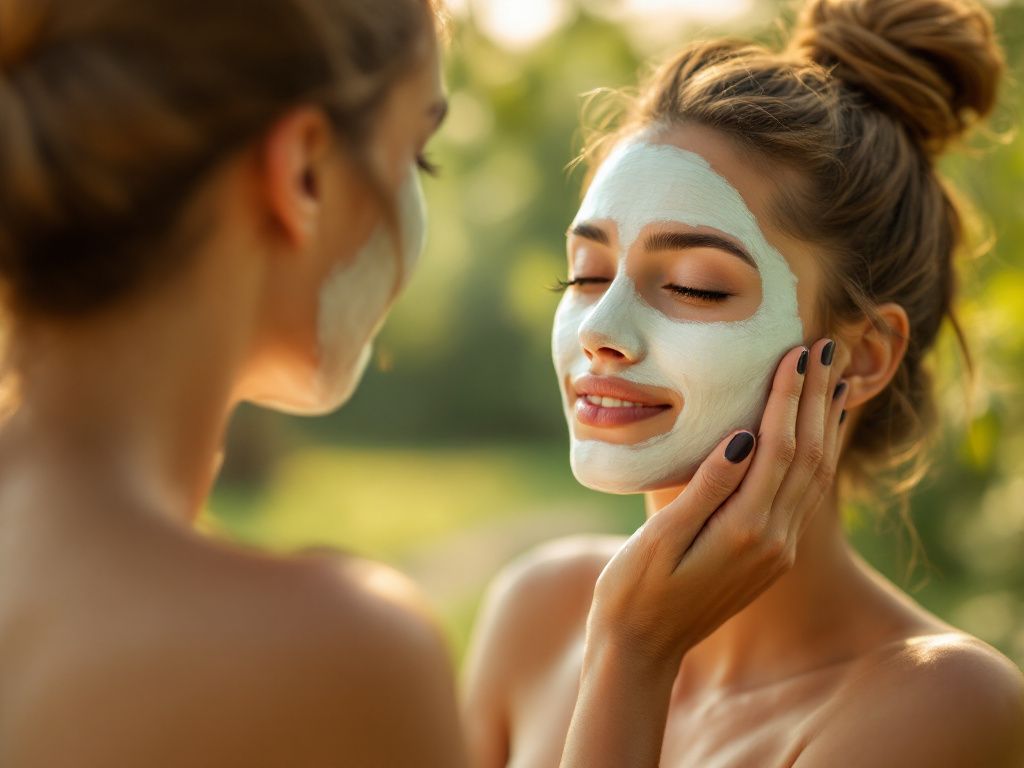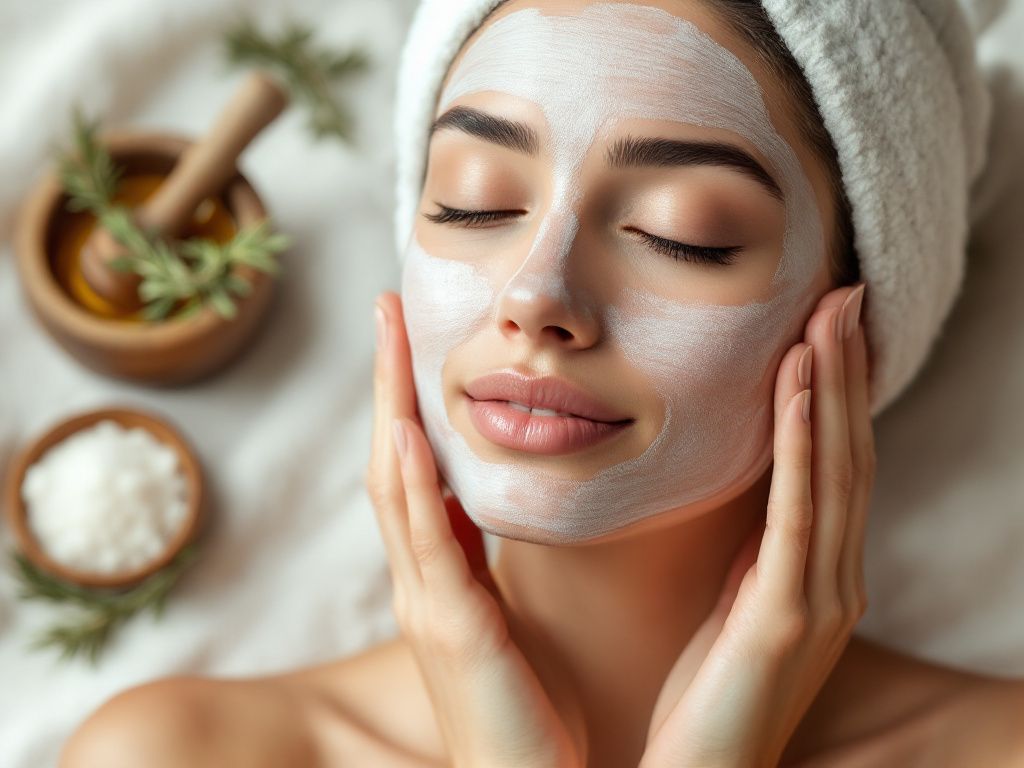Traditional Hair Care Tips: Natural Ways to Nurture Your Locks
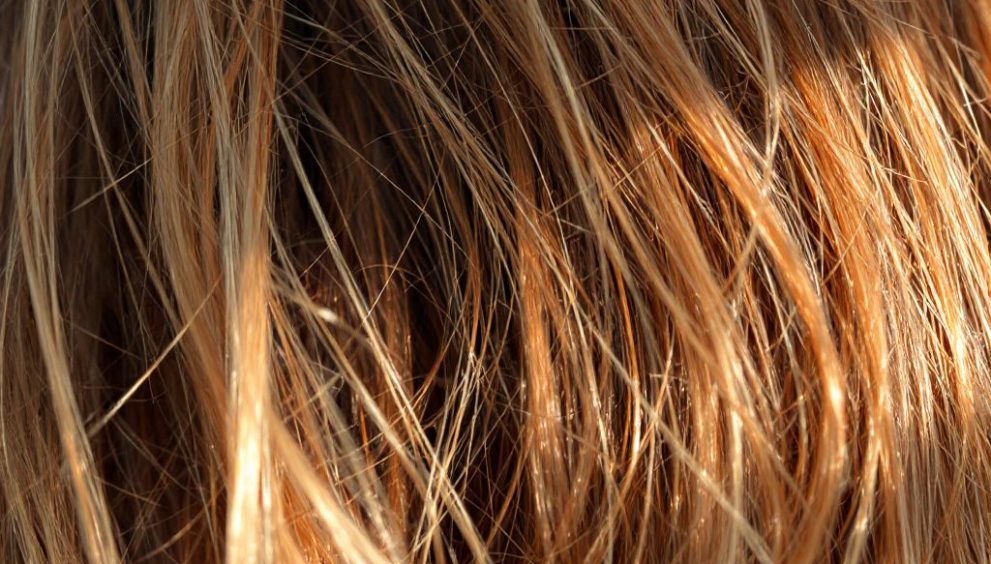
Ever found yourself scrutinizing every strand in the mirror, wondering why your hair just won’t cooperate? We’ve all been there. Those persistent bad hair days, the stubborn frizziness, the limp locks that refuse to be revived. It’s like no matter how many bottles of the latest and greatest products you buy, nothing seems to work. That’s when it might be time to step back and take a cue from the past—embracing some good old traditional hair care tips that have stood the test of time.
Embrace the Mundane Magic of Oil
Oil and hair—really, it’s a match made in heaven. For generations, various cultures have turned to humble oils to nurture and revitalize hair. Take coconut oil, for example. This handy natural wonder is like a soothing balm for tired tresses. Massage a teaspoon (or two, no one’s judging) into your scalp. Let it sit for a solid half-hour, and while at it, give yourself a relaxing head massage. This not only conditions the hair but also stimulates blood flow to your scalp, which is just what your roots need to thrive.
Another favorite in the traditional hair care tips book is castor oil. It might be thick and a little sticky, but it’s worth its weight in gold (well, at least metaphorically speaking). Castor oil is great if you’re looking to amp up hair growth. Mix it in with some lighter oils like almond or olive oil, and you’ve got yourself a potent hair treatment that also moisturizes and strengthens your strands.
Soap Nuts and Shikakai to the Rescue
There’s something enchanting about soap nuts, or reetha as they’re fondly called in India. Not exactly the first word that springs to mind when concocting a hair cleanse, but soap nuts are heralded for their natural saponins that gently cleanse hair without stripping away natural oils. Likewise, shikakai is another fruit-based cleanser from Southeast Asia that’s mild on hair and scalp but tough on dirt and grease.
The idea is simple—you boil these little nuggets in water, let them cool, and use the liquid as a shampoo replacement. Trust me on this one, if you’re tired of detergents and chemicals that dry out your hair, give this brew a try. Your locks will feel naturally soft and full-bodied. Plus, no harsh chemicals here mean it’s safe to use every wash day.
Keep It Cool—Literally

Here’s something you might not have heard at the salon. When washing your hair, keep the water temperature comfortably cool. Sure, it feels heavenly washing hair with steamy water. Still, hot water can strip your hair of its natural oils, leaving it dry and brittle. Rinsing with cold water helps to shut the hair cuticle, locking in that much-needed moisture and leaving your locks shinier.
Yes, I know, cold showers sound more torturous than tranquil, but who needs an extra electric bill surprise anyway?
Fresh Aloe Vera: Your Hair’s Best Friend
Aloe vera might be a classic recommendation, but there’s good reason why it’s part of traditional hair care wisdom. This hardy plant boasts a gel that’s cool to the touch and packed with enzymes and vitamins that promote healthy hair. Slice a fresh leaf and scoop out the gel, apply it to your scalp and hair, and breathe in deeply. This gooey trick doesn’t just moisturize; it feels utterly refreshing.
You can mix aloe vera with a few drops of lavender oil or even peppermint for that invigorating scent and extra benefits. Use it as a pre-wash treatment since it doesn’t leave any nasty residue. Imagine having a natural hair spa at home. Now that’s bliss.
Harness the Power of Herbs
There are a ton of herbs out there with magical-sounding benefits (no wizarding wand required). One often mentioned in traditional hair care tips is rosemary. Known for promoting hair thickness, this aromatic herb is also said to prevent premature greying. You can prepare a rosemary rinse by steeping fresh rosemary sprigs in boiling water, then letting the concoction cool before massaging it into your scalp.
Looking for a nutrient-rich option? Hibiscus is your savior. Not only does it boost shine, but it’s rich in vitamin C and amino acids that can strengthen hair roots. Brew a hibiscus tea or blend the petals into a paste for a floral-packed hair mask.
Mind What You Eat—Your Hair Will Thank You

Switching gears a bit—ever thought about how what you put into your body directly impacts your hair? Eating a balanced diet rich in omega-3 fatty acids, vitamins, and proteins can bolster hair growth and fortify your tresses from the inside out.
Make friends with avocados, nuts, spinach, and salmon. They’ll be your hair’s best buddies. Hydration, too, is ridiculously critical. Your hair thrives on moisture, and what better way to support it than staying well-hydrated?
Ditch Harmful Chemicals for Natural Infusions
Here’s the lowdown: less is often more. Especially when it comes to chemicals in hair products. Sodium lauryl sulfates, parabens, and silicones might promise the world, but they often deliver brittle, damaged hair in the long run. Consider incorporating natural products with herbal extracts and simple formulas that keep it real—and gentle.
If shampooing less seems too daunting, simply extend the time between washes and rinse your hair with water or herbal teas in between for refreshment without shampoo stripping.
Getting It Right: Natural Hair Drying Techniques
Sometimes, it’s about the little adjustments. A tiny tweak here and there, and you suddenly find you’re on the road to healthier locks. How you dry your hair matters in traditional hair care. Towels—we all use them, but maybe not always in the best way for our hair. Ditch the wringing-forcing motion. Instead, gently pat your wet hair with a soft t-shirt or microfiber towel.
Letting your hair air-dry might test your patience, but it’s so much better than exposing it to searing heat. And if a blow-dry is unavoidable? Ensure you use a heat protectant spray. The goal is to protect each strand from harsh direct heat, preserving its natural vibe.

Comb with Care
There’s more to ridging tangles than just willpower and force. Wide-toothed combs are your hair’s non-negotiable BFFs. Start at the tips and slowly work your way up to avoid breakage.
Detangling your hair, especially when slightly damp, minimizes split ends and frustrated outbreaks. Finer combs can friend you post blow-drying or air-drying but only then, lest you risk those dreaded knots and snags.
Sleep Smart: Be in The Know
Even in slumber, be kind to your hair. Wondering how? By investing in silk or satin pillowcases. Unlike cotton, these materials cut down on friction and frizz, leading to smoother, less tangle-prone hair every morning. Plus, fix your hair into a soft braid or a loose bun to avoid breakage—let’s call it sleep insurance for your hair.
Traditional Styles for Healthier Hair
Sometimes the old ways of styling hair have an inherent health bonus. Consider braiding or twisting instead of frequently heating up the curl iron or flat iron. These styles give you waves and curls without sacrificing hair health—plus, they can hold additional moisture into hair follicles.
Throw-back styles not only equally protect hair but nod to age-old modern -global-beauty-tips/”>beauty hacks, adapting effortlessly into modern routines with minimal effort.
Circling back, we rarely give enough credit to these simpler, traditionally effective methods. When overwhelmed by choices in modern self-care systems, giving space for traditional hair care tips might just bring you wondrous results locked in cultures of yore. Let’s let these trusty measures rescue our locks—one natural ritual at a time. Your hair remains your full-time crown, after all. Let’s treat it with the care and love it truly deserves.
Frequently Asked Questions
What are traditional hair care tips?
Traditional hair care tips often involve natural and time-tested methods for maintaining healthy hair. These include using natural ingredients like coconut oil, olive oil, and herbs, as well as techniques such as regular oil massages, avoiding heat styling, and using gentle shampoos[1][2).
How can I incorporate natural ingredients into my hair care routine?
Incorporating natural ingredients can be done through various methods. For example, you can use coconut oil as a pre-shampoo treatment, apply aloe vera gel to soothe and moisturize your hair, or use a mixture of olive oil and honey as a deep conditioning mask. These ingredients help in nourishing and protecting your hair[1][2).
What are the benefits of regular hair oil massages?
Regular hair oil massages can stimulate blood flow to the scalp, promote hair growth, and reduce stress. Using oils like coconut, olive, or sesame oil can also help in moisturizing the scalp and hair, leading to healthier and stronger hair[1][2).
How often should I wash my hair using traditional hair care methods?
The frequency of washing your hair depends on your hair type and lifestyle. Traditional methods often recommend washing hair less frequently to maintain natural oils. For most people, washing hair 2-3 times a week is sufficient, but this can vary based on individual hair needs and environmental factors[1][2).
References






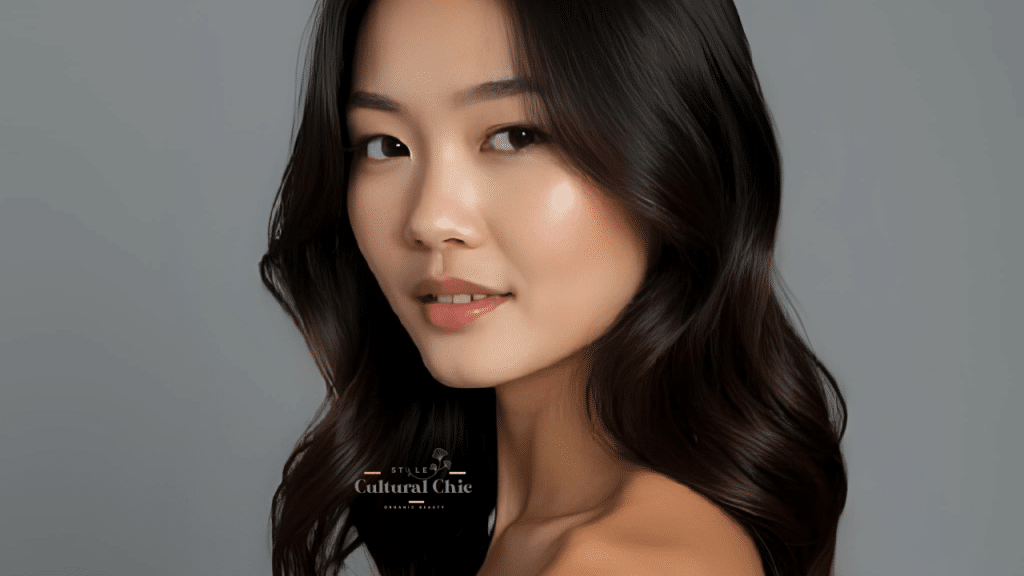


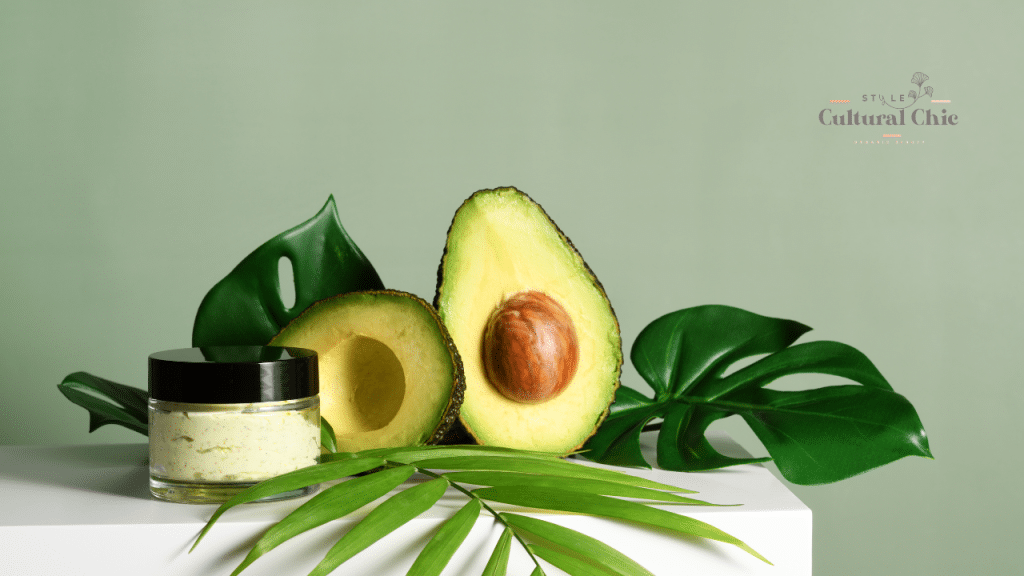



![Scandinavian Skincare Secrets [Revealed]](https://culturalchicstyles.com/wp-content/uploads/2025/06/10x-Blogs-2-2025-06-18T113546.586-1024x576.png)

![[Beginner's Guide] Must-Have Korean Beauty Products](https://culturalchicstyles.com/wp-content/uploads/2025/06/10x-Blogs-2-2025-06-16T185259.533-1024x576.png)





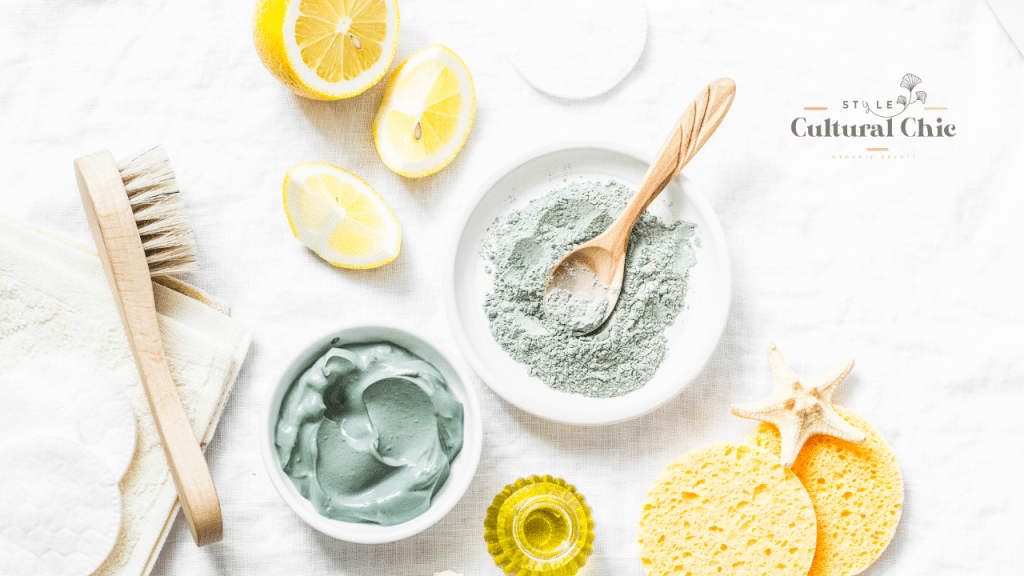
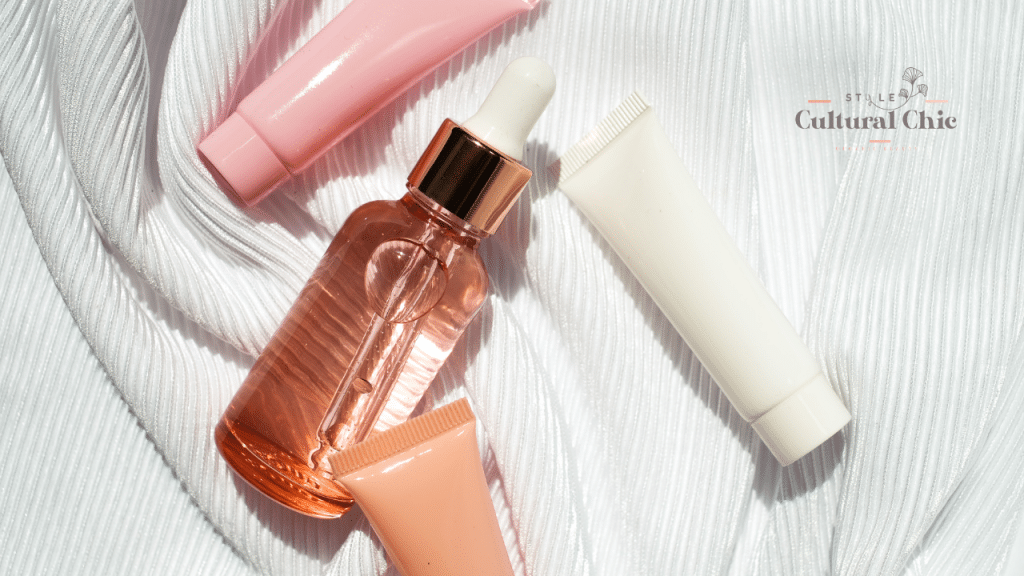

















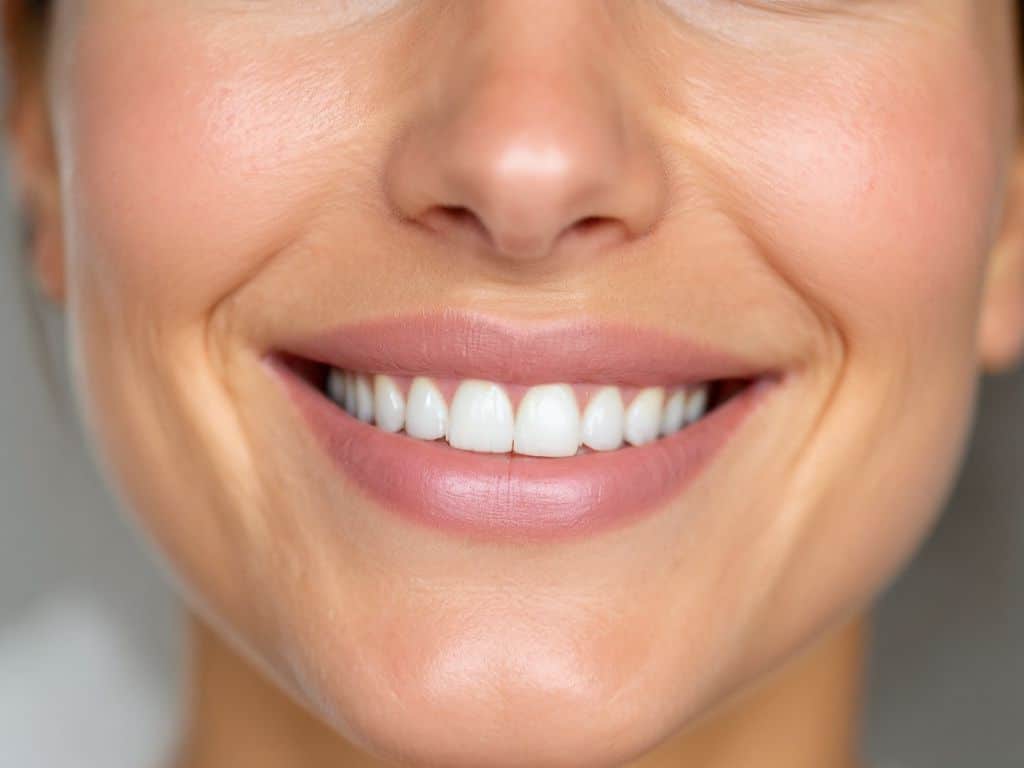










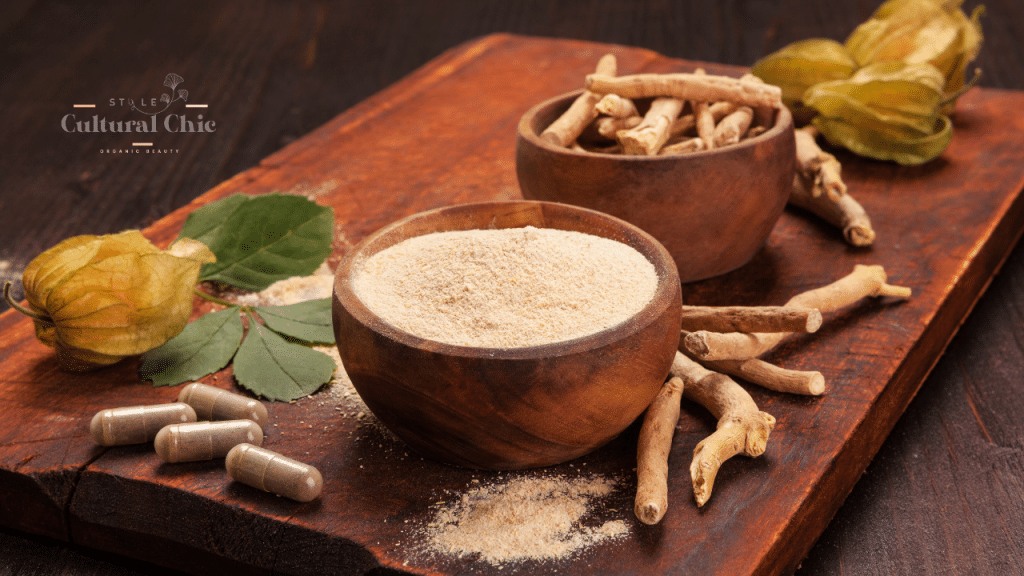


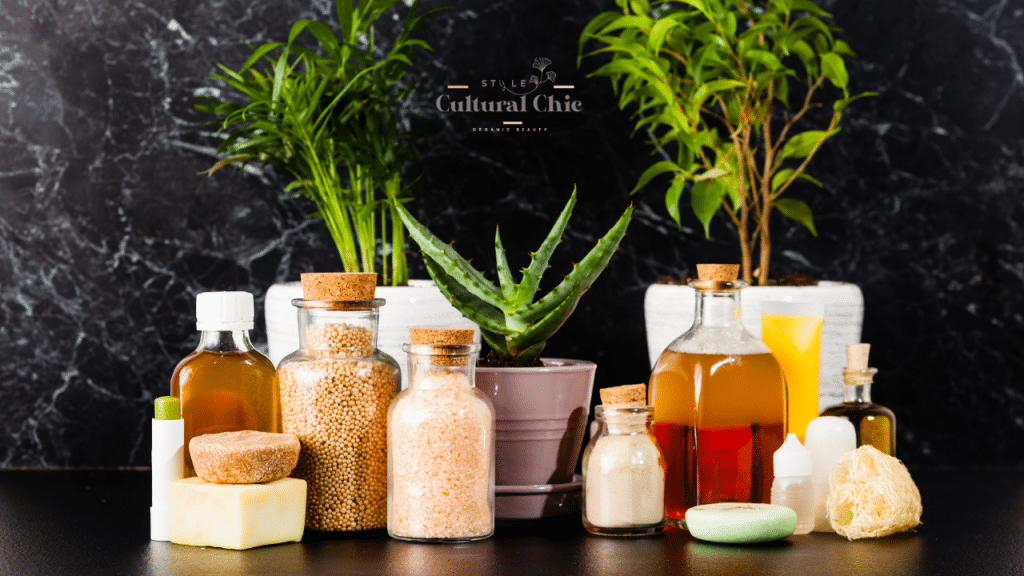

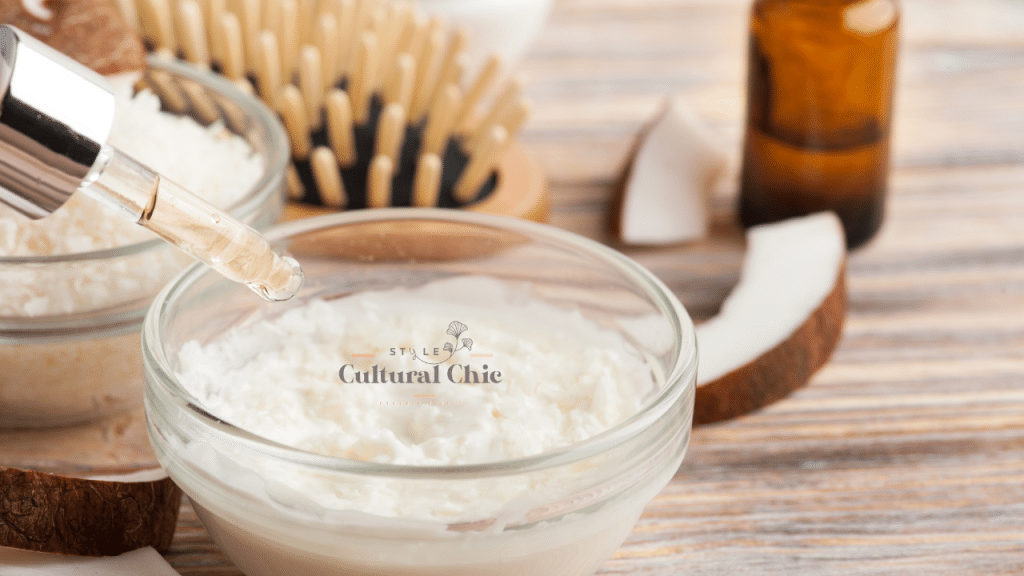

















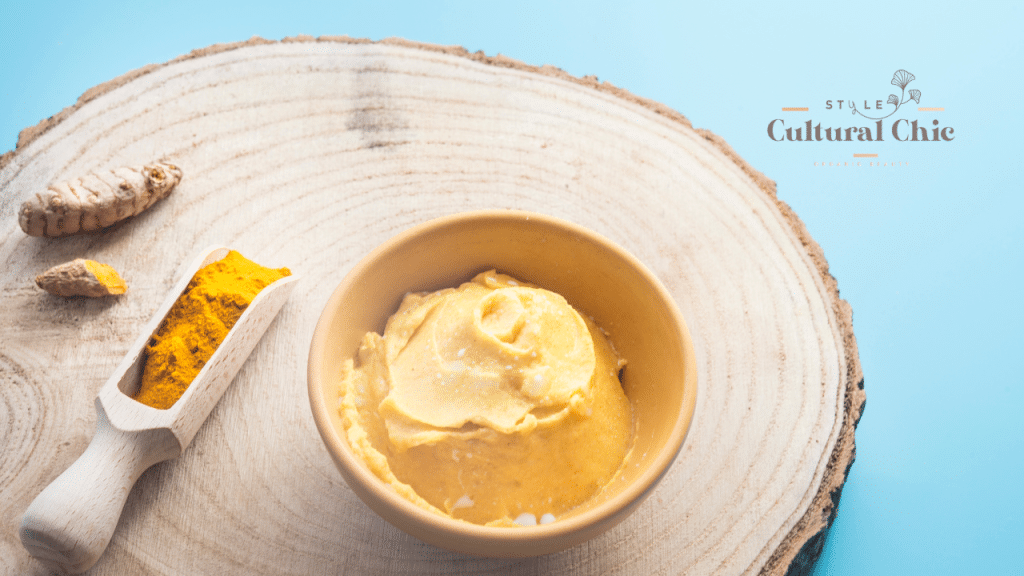
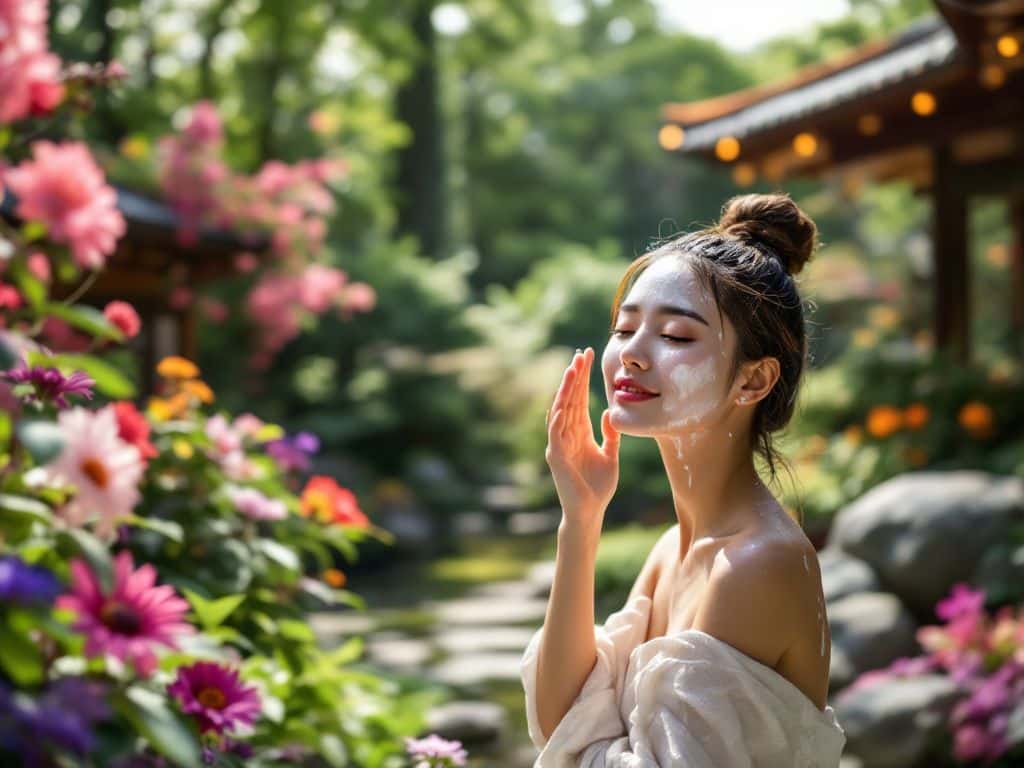

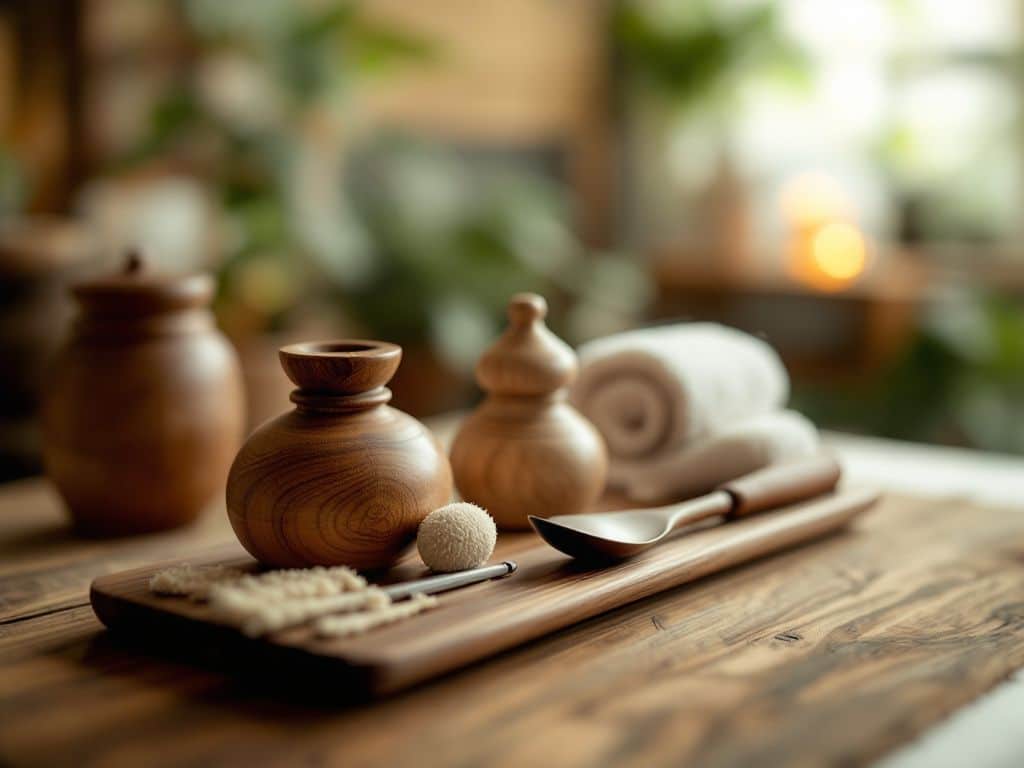















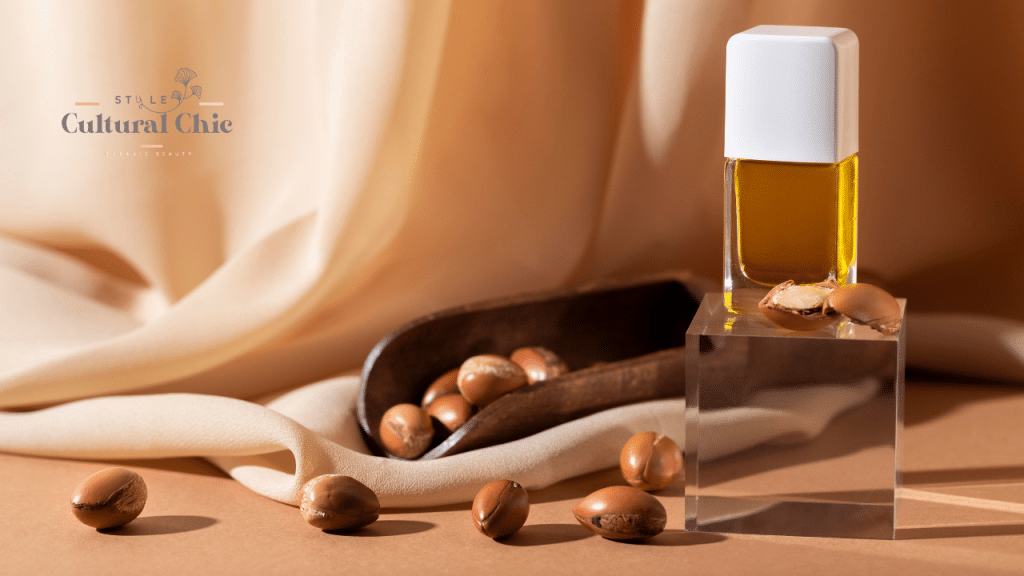





![[Ancient Meets Modern] How Hanbang Korean Skincare Is Changing Beauty Trends](https://culturalchicstyles.com/wp-content/uploads/2025/05/10x-Blogs-83-1024x576.png)


![[Skincare Rituals] Unlock the Ancient Japanese Secret of Double Cleansing](https://culturalchicstyles.com/wp-content/uploads/2025/04/10x-Blogs-78-1024x576.png)







